Introduction
I have been lucky enough to test all three of Leica’s monochrome cameras. The 18MP M9 Monochrom was launched in Berlin amongst much excitement in November 2012. The 24MP M246 Monochrom was announced two and a half years later in April 2015. We have had to wait nearly four years for the latest version: the M10 Monochrom which was announced earlier today.
I think that for many of us the M10 was the ultimate digital expression of the Leica rangefinder camera. The design team had managed to reduce its size to that of an M7, to speed it up, quieten the shutter and streamline the operation. Then came the M10-P with an even quieter shutter.
Click on images to enlarge
The M10 Monochrom retains the quieter shutter of the M10-P but adds a completely new 41mp monochrome sensor (7864 x 5200 pixels, or 40.892MP). Of course, this brings up a number of immediate questions:
- Are the M lenses good enough to support such resolution?
- Does anyone really need this much black and white resolution?
- Are the M10 electronics sufficient to deal with such big files?
- Is it possible to hold the camera steady enough with no stabilisation?
- Is it possible to focus accurately enough with the rangefinder
I’ll be looking at these questions in the course of this article.
As usual, I should emphasise that my job with Leica is as a camera tester, and my job is to report problems to Leica (which I certainly do!). On the other hand, I would never miss out anything which seemed to me to be valid criticism and I don’t get paid for writing these articles (either directly or indirectly). I’m not asked what to write. Although I do show them to Leica first for fact-checking, that is all that they do.
In the past (and always by chance) it has turned out that testing cameras has coincided with one of our trips abroad. This time it hasn’t been the case; what’s more, I’ve had a pretty busy time at work. So, apart from a brief working trip to Cornwall (where it rained every day), the images in this article have been shot mostly within walking distance of home (or in a local pub!).
The Body
The M10 Monochrom body is beautiful to behold. Indeed, I think this might just be the loveliest of all the variants (perhaps of all the digital M cameras). The body is a stealthy black chrome, with no red dot (just the big screw of the M10-P). It has no logo on the top plate, just the word MONOCHROM engraved in small letters at the front (mine also has P03/15 engraved to indicate its prototype status). On the back it says LEICA CAMERA WETZLAR – MADE IN GERMANY but, in common with the engraving on the top plate, this is not picked out in colour.
The shutter-speed dial has the values picked out in white (as usual), but the A setting is grey rather than red, and this goes for the M setting on the ISO dial and the red dot on the on/off. The rear plate is the same as on a normal M10, with LV, PLAY and MENU buttons on the left and a four-way rocker switch on the right, together with a central button. The thumbwheel and its bump are also the same as the M10.
The whole effect is very discreet and really smart.
Operation, Speed, and Menus
If you put a much larger sensor into a camera with the same processor you are inevitably going to impact on the speed of processing. This is certainly the case with the M10 Monochrom. Shot-to-shot times, writing to disk and review times are all slower. So perhaps this isn’t the camera for sport!
On the other hand, I mostly use Sandisk Extreme Pro 64GB 95ms SD cards and, with the camera on continuous-fast, it takes ten DNG files at high speed before pausing, and another ten before really slowing down.
I can’t imagine anyone using continuous on a camera like this, but it does show that for measured shooting the slightly slower processing times are unlikely ever to cause an issue. Certainly, I’ve never been inconvenienced by it.
On the rare occasion, the camera is behind itself reading or rendering a file it shows the file number (rather than a question mark or error).
If you’re a fast shooter you should be aware of this issue, but for most normal photographers it won’t ever be relevant. The important point is that as far as I’m aware there is no shutter lag involved, whether you use the EVF or not.
I’m not going into the menu system in any detail. As expected, it is pretty much identical to that of the M10, but with colour and white balance options removed.
Having spent much of the last year using Panasonic and Fujifilm cameras, I find it a real joy getting back to Leica’s simple but functional menu system. I think it’s sometimes overlooked how much purpose and determination Leica put into keeping it like this.
Focusing and Image Stabilisation (or not)
The Leica M rangefinder (or, in German, Messsucher, hence the “M”) was first released in 1953, and it wouldn’t be unreasonable to wonder whether it is still fit for purpose for a 41MP sensor 67 years later in 2020.
I’m not fortunate enough to own a 50 or 75 Noctilux, but I’ve found rangefinder focusing with my 50 Summilux Asph and 75 APO Summicron to be easy and reliable, even wide open (I mostly shoot wide open). I have a practice game I play, which involves focusing with the rangefinder, and then checking whether it’s correct in the EVF, it always reassures me what a wonderful tool a rangefinder still is.
Which brings me back to the EVF. I know there have been a lot of complaints that it’s rather old school, and I long since stopped using it with the M10 (I’m pretty good at focusing with a rangefinder, and I like to see around the subject).
I found that I liked using the EVF with the M10 Monochrom; partly because it was nice to see the image in black and white, but also for focusing: I think it works best with focus peaking turned off, and with auto-zoom turned off (with zooming on the front button). For most images, I found there was a shimmer of excitement over the area in focus, with no need to zoom in for critical focus. I particularly enjoyed using it with the 60mm Macro Elmarit R.
For those lucky enough to have a Noctilux or the 90 Summilux, I imagine, the EVF will be a real benefit, but I’ll only use it when I want to see the end result before I take the picture. Surely the point of a Leica M camera is the rangefinder (at least that’s how I see it).
With respect to image stabilisation, of course, it would be nice to have it, but the very quiet shutter and the solid body seem to have made camera shake a relatively minor problem. In addition, the fantastic high ISO together with the extra stop you get without the colour filter array means that you can use the ISO settings to preserve a high enough shutter speed. In this context, I found the 1/f 1/(2f) and 1/(4f) minimum shutter speed in the Auto ISO settings particularly useful.
Image Quality, Resolution and ISO
I’m afraid that I was dead set against Leica increasing the resolution from 24MP which seemed to me to be the perfect compromise between quality and convenience, resolution and file size, perfectly capable of a good-sized print and fast processing.
But I’ve changed my mind: the extra price to pay in terms of processing power and storage space really is small in the face of the extra advantages in terms of image quality and crop-ability.
With the SL2 and now the M10M I’ve found myself shooting just with a 50 or a 35, when previously I would have used a zoom, or a 35 and a 75 (and the lens changes that that implies).
The monochrome sensor in the M10 Monochrom foregoes the Bayer filter required in colour cameras. With a Bayer filter, groups of four pixels (red, green, green, blue) are processed in a batch and then separated into four pixels in the demosaicing process. This means that theoretically, the Monochrom has four times the absolute resolution of a colour sensor.
In fact, the modern demosaicing routines are very good, and so the resolution bonus with a monochrome sensor is perhaps nearer to double rather than x4. But that still left me wondering whether M lenses are up to a comparative resolution of 80MP.
I thought I’d test this with my idea of the Leica M Triumvirate:
- Leica 28mm Summilux Asph
- Leica 35mm Summilux Asph
- Leica 50mm Summilux Asph
I shot my tame copper beech hedge at a nasty ten metres at f1.4, f2, f4, f5.6 and f8 with each lens. All of them lost a little at f1.4 and f2 in the very extreme corners (the 35 FLE was probably the best). Stop down a little and the corners are perfect, but, even wide open, all but the very corner of the frame is beautifully sharp.
Unfortunately, I don’t own a Leica M246 Monochrom, but I do have my M9 Monochrom with the CCD sensor, and I thought it might be interesting to do some comparisons between the original Monochrom (from 2012) and this new version.
I took pictures of our kitchen dresser in low artificial light with each camera on a tripod with ISO between 160 and 10,000 (for the M9M) and up to 100,000 (the maximum ISO on the M10M) I did 100 per cent comparisons at natural resolution, and with the M10M scaled down to match the resolution of the M9M. I then made A4 prints at critical ISO values.
What is immediately clear is that both cameras are actually quite usable right through the ISO range, but there has been a huge boost in image quality over the last eight years, and the difference between the cameras in terms of noise amounted to about two to three stops. So that the M9M at 10,000 ISO was marginally better than the M10M at 100,000 ISO but not as good as the M10M at 64,000 ISO.
Dynamic range is quite a different thing, you still have to be a little careful not to overexpose the highlights, but the amount of detail which is hidden away in the shadows in files from the new camera is nothing less than breathtaking.
Conclusion
The easy part is to say that this camera is a joy to shoot with, a joy to handle, and produces wonderful images quite suitable to make very, very big prints. The only possible functional criticism which I can find is that it’s a little slow processing images and writing them to disk (SD Card).
But why a monochrome camera? Sure, it was exciting and interesting in 2012 when Leica brought out the first Monochrom, and arguably the resolution benefits were bigger then, when the M9 sensor was just 18Mp.
These days, converting from colour to black and white in post-processing is much easier, it allows you to change the conversion on different colour channels. And the higher resolution of modern sensors surely makes the increase of resolution of the monochrome sensor largely academic.
But shooting with a black and white camera imposes a discipline on the photographer which can be really valuable: It makes you really think about the structure of the image and the composition, whereas colour encourages a think-about-it-later ethos.
And then there is Leica. While other manufacturers chase each other’s technological tails and moan about falling camera sales, Leica have the courage to produce excitingly different cameras, free of the function fetish of their competitors and still brave enough to produce something which really is exciting. I am absolutely convinced by this camera and it has been a real pleasure to have it and shoot with it for the last four months.
© Jonathan Slack January 2020


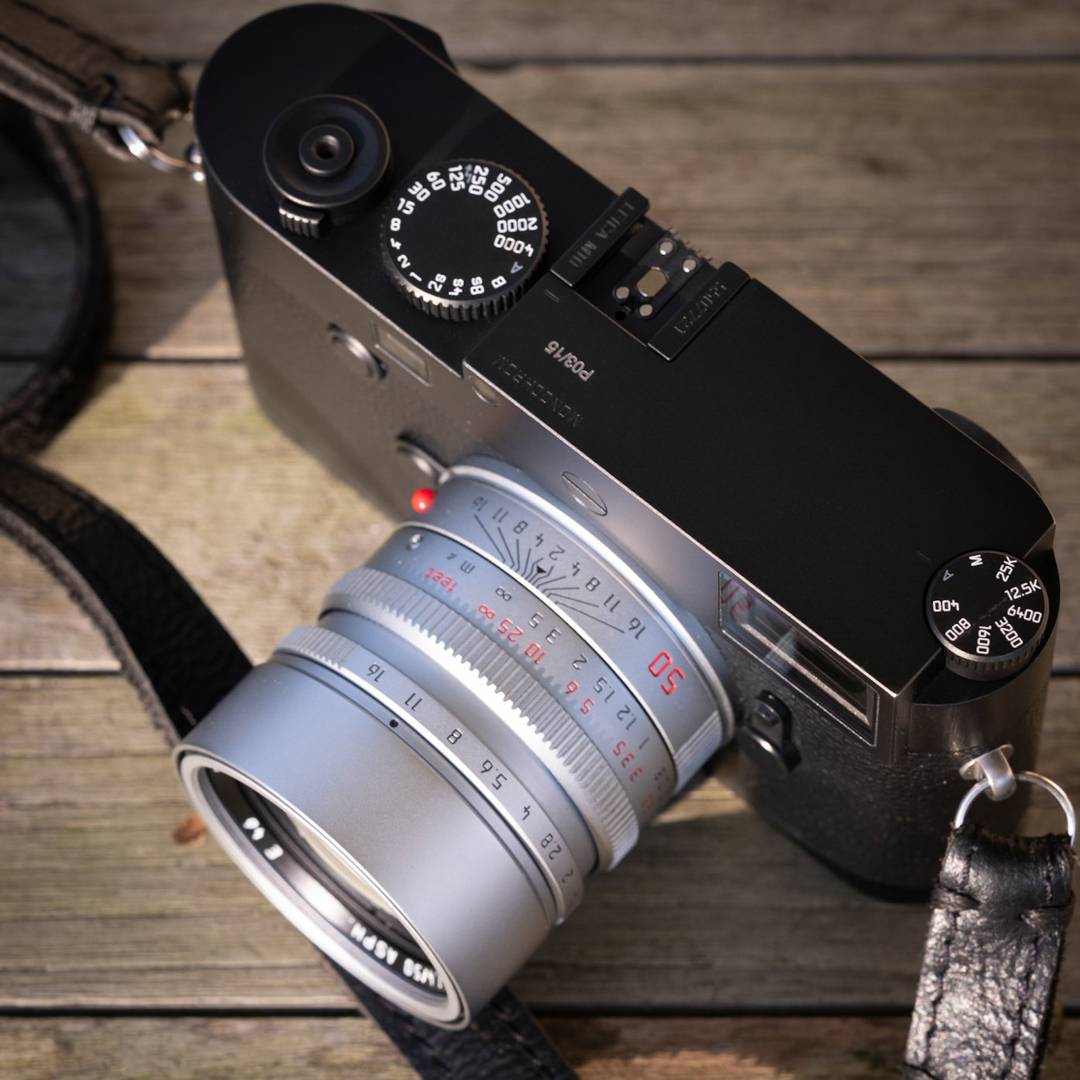


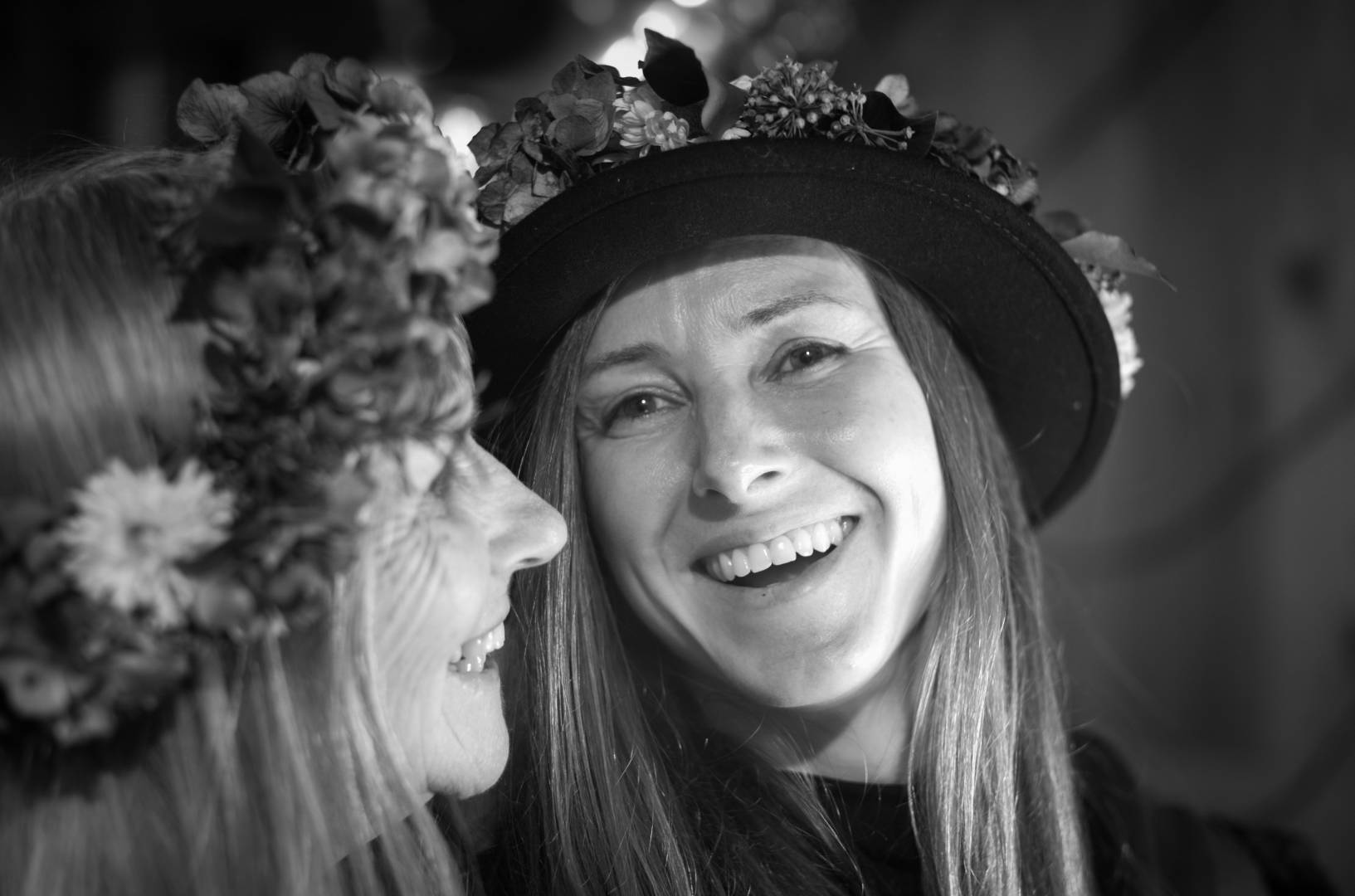



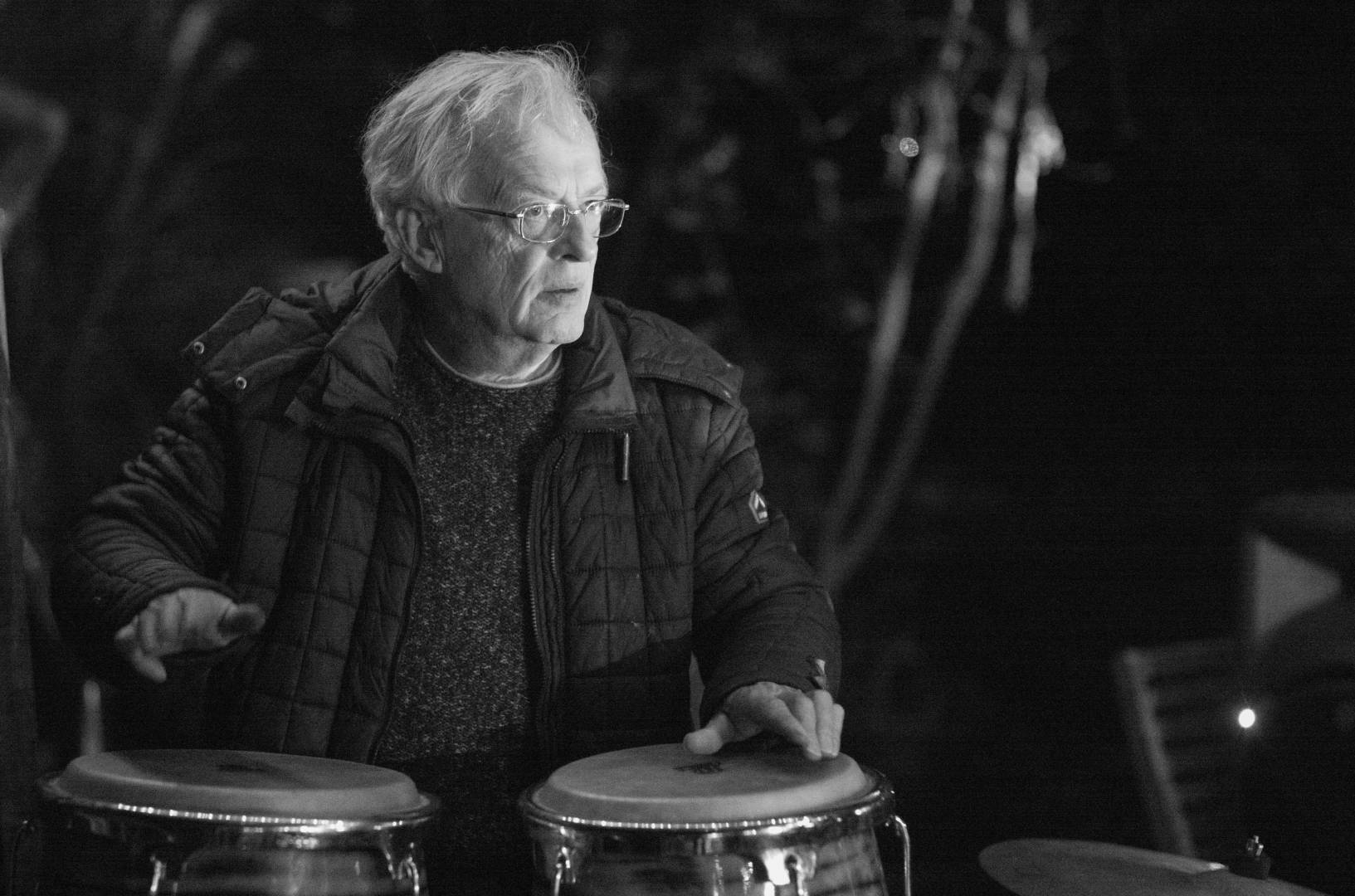
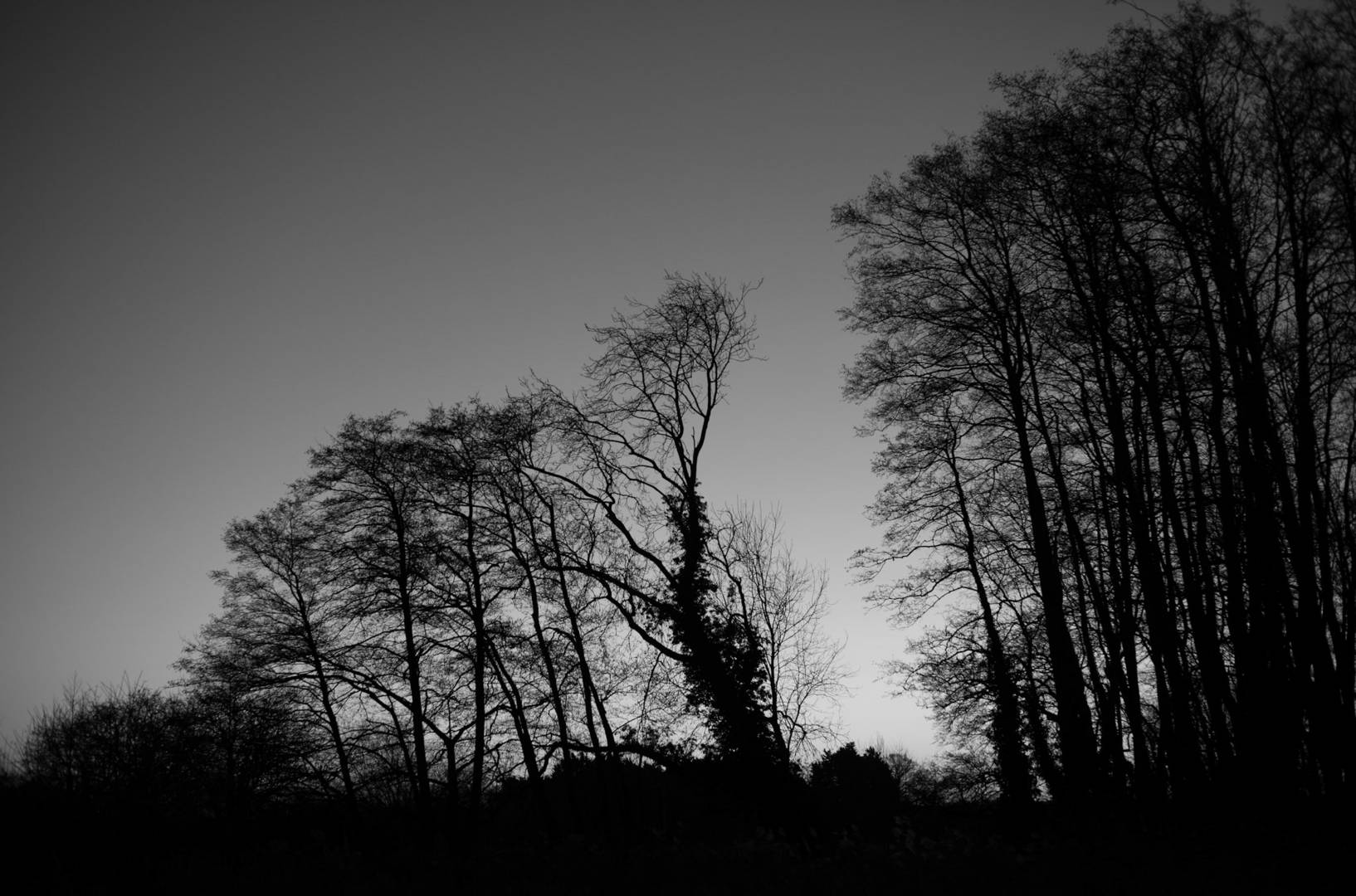
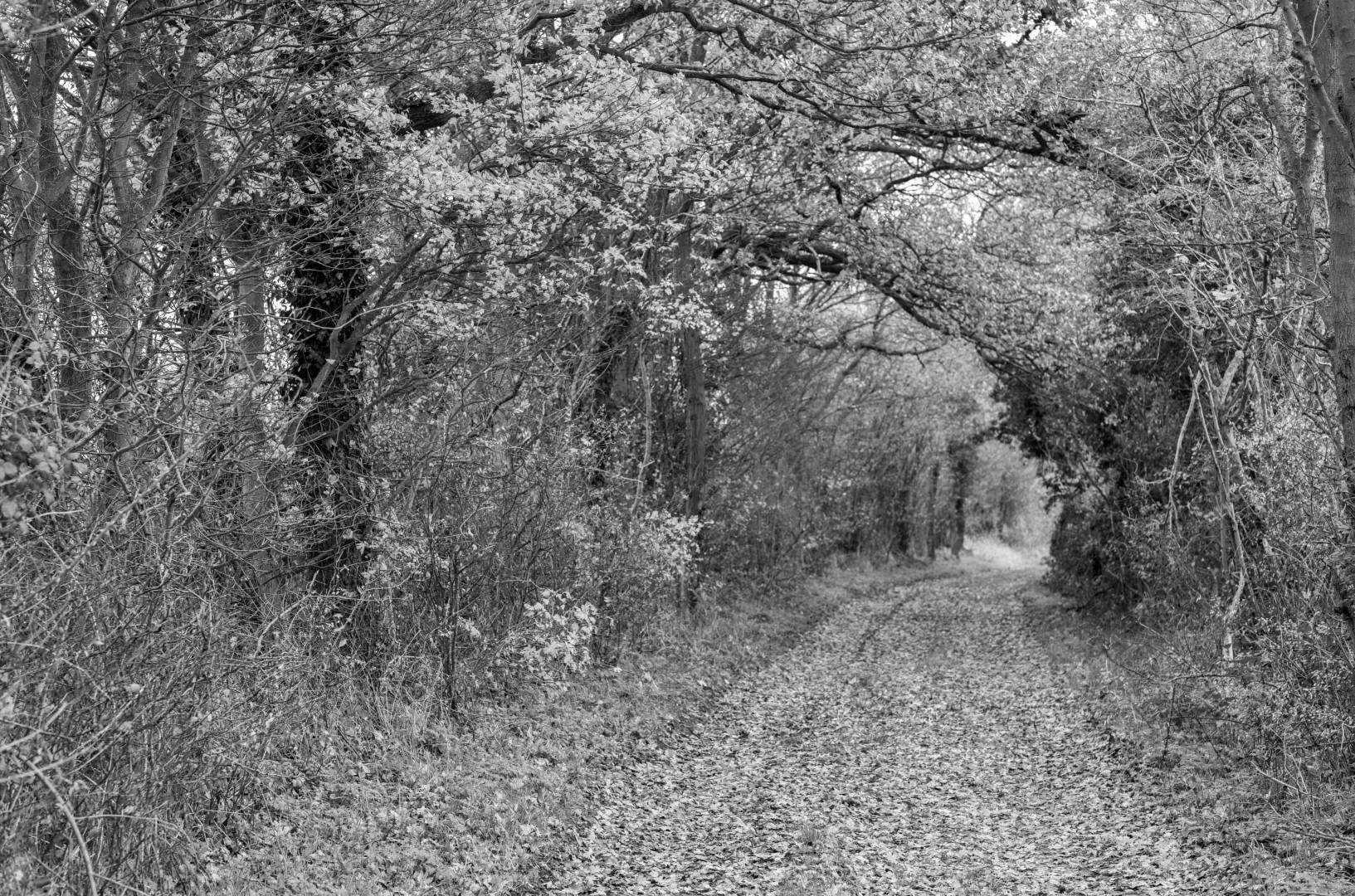


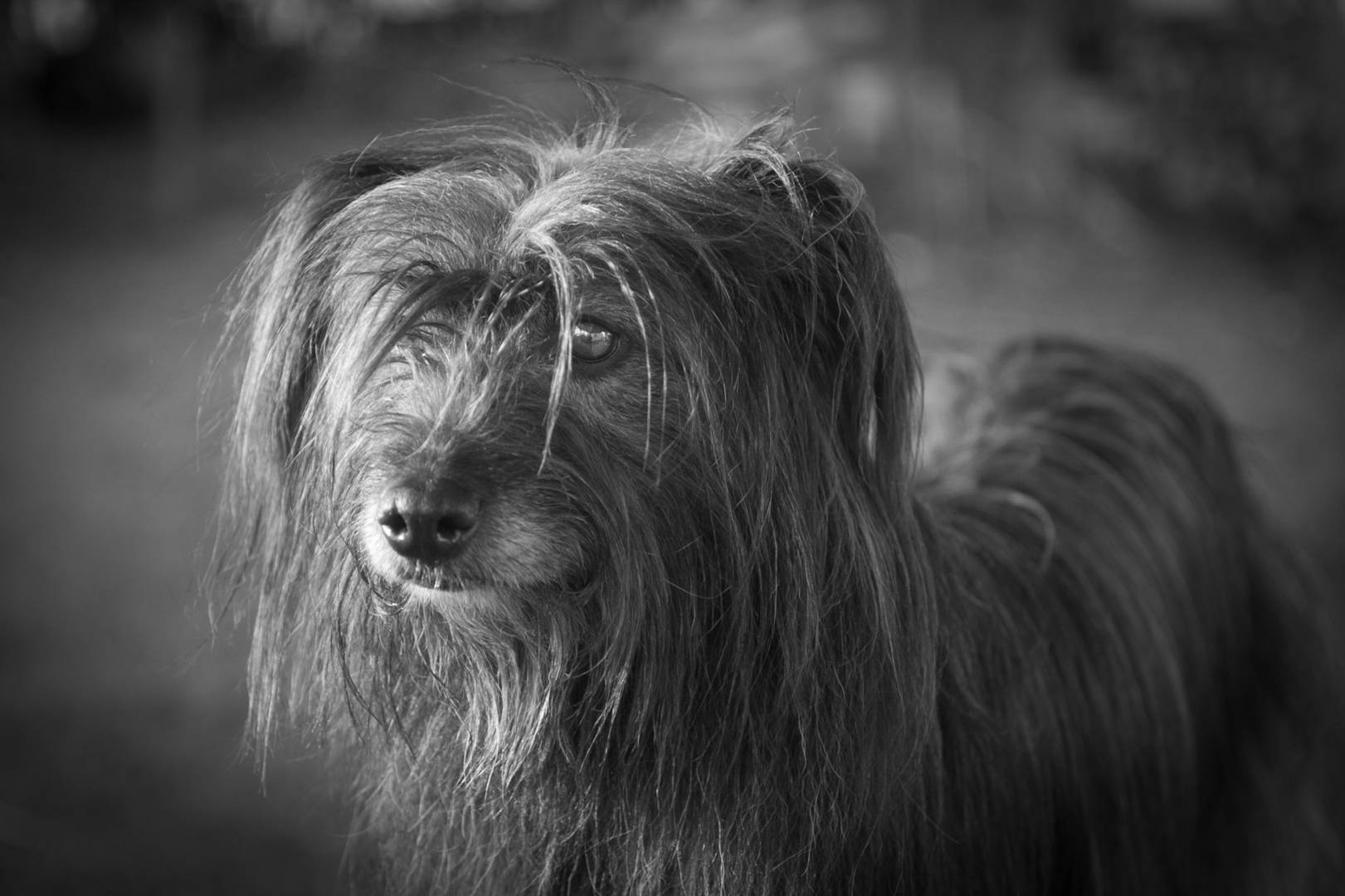
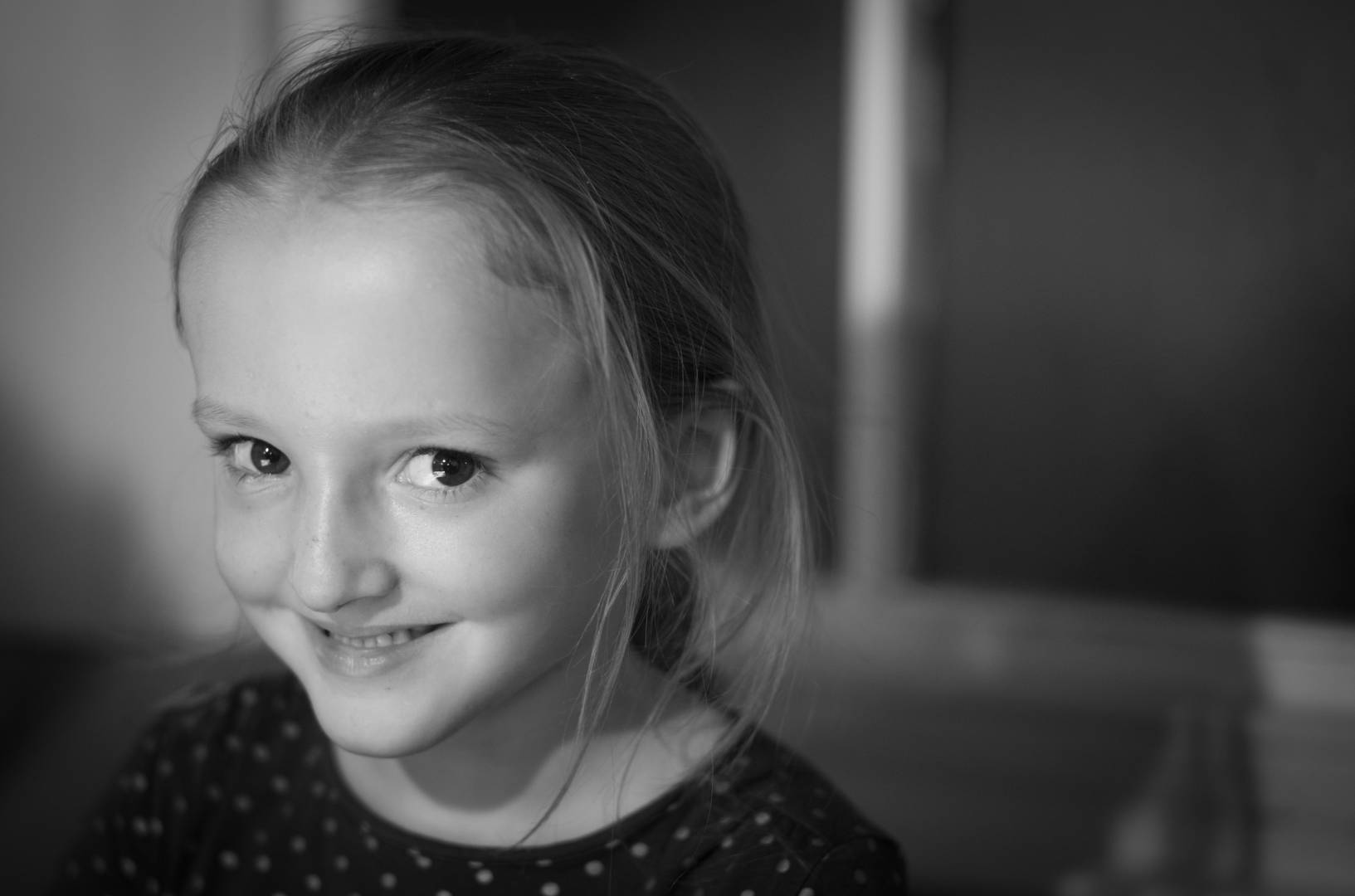

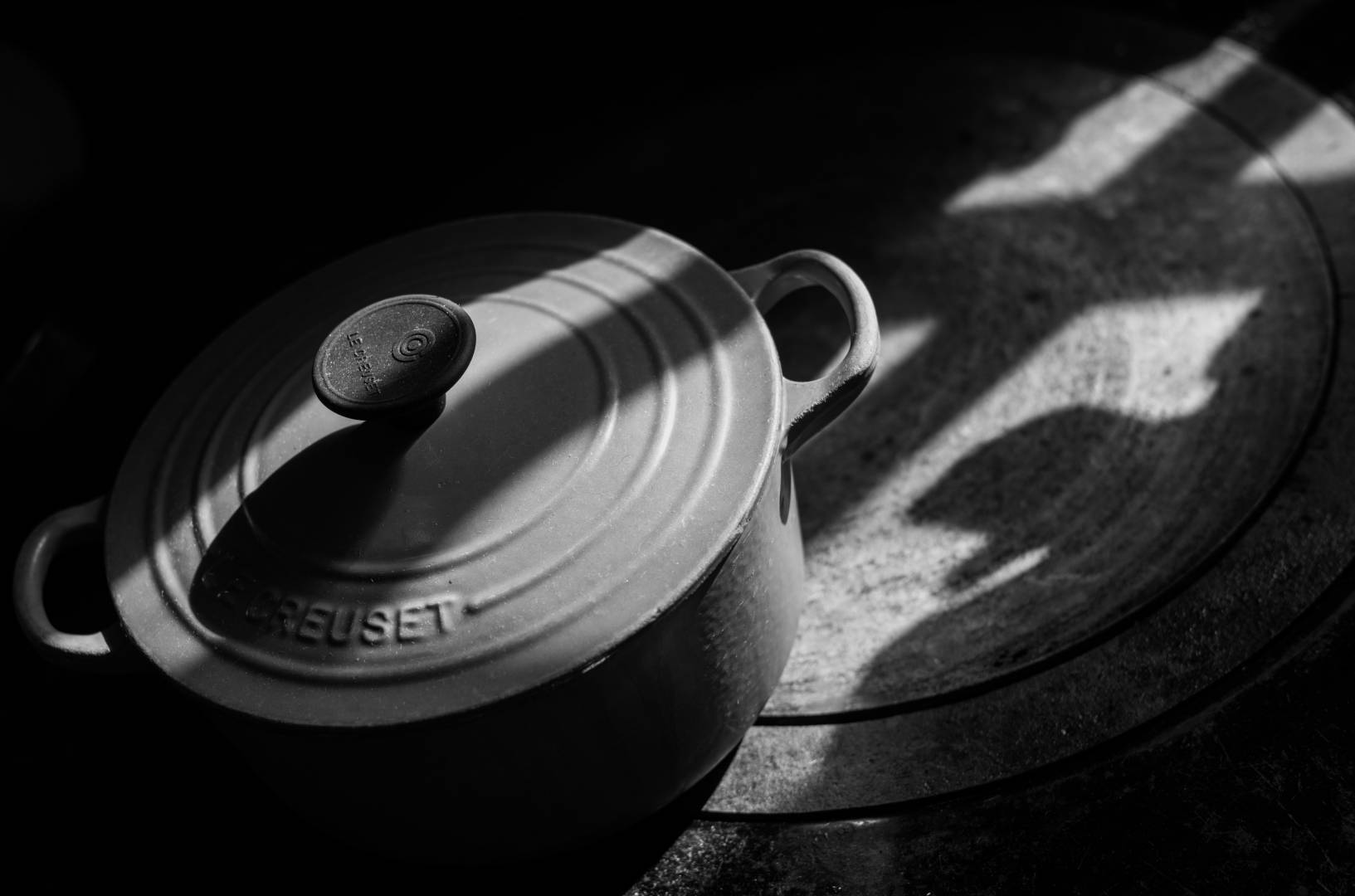






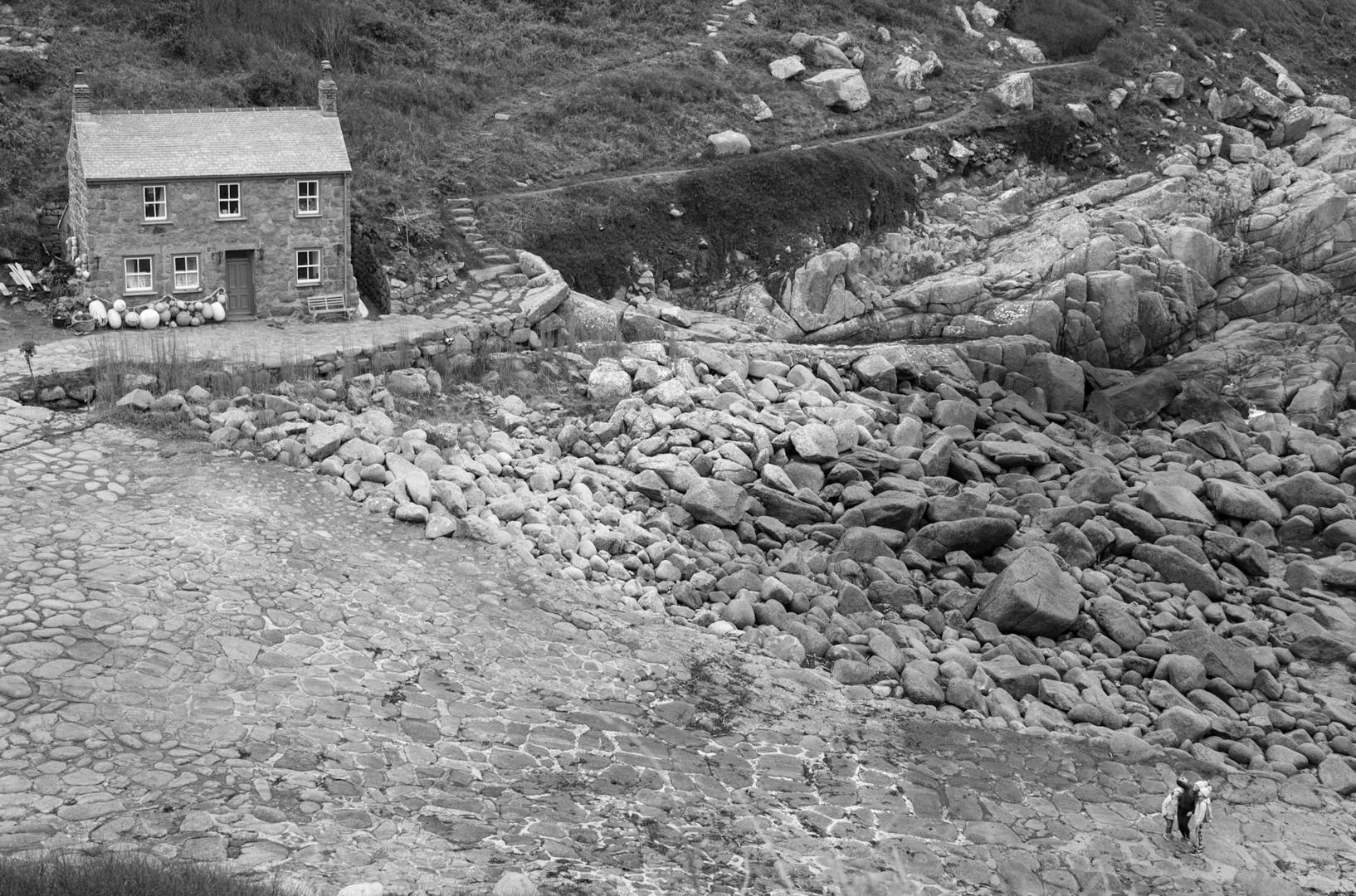
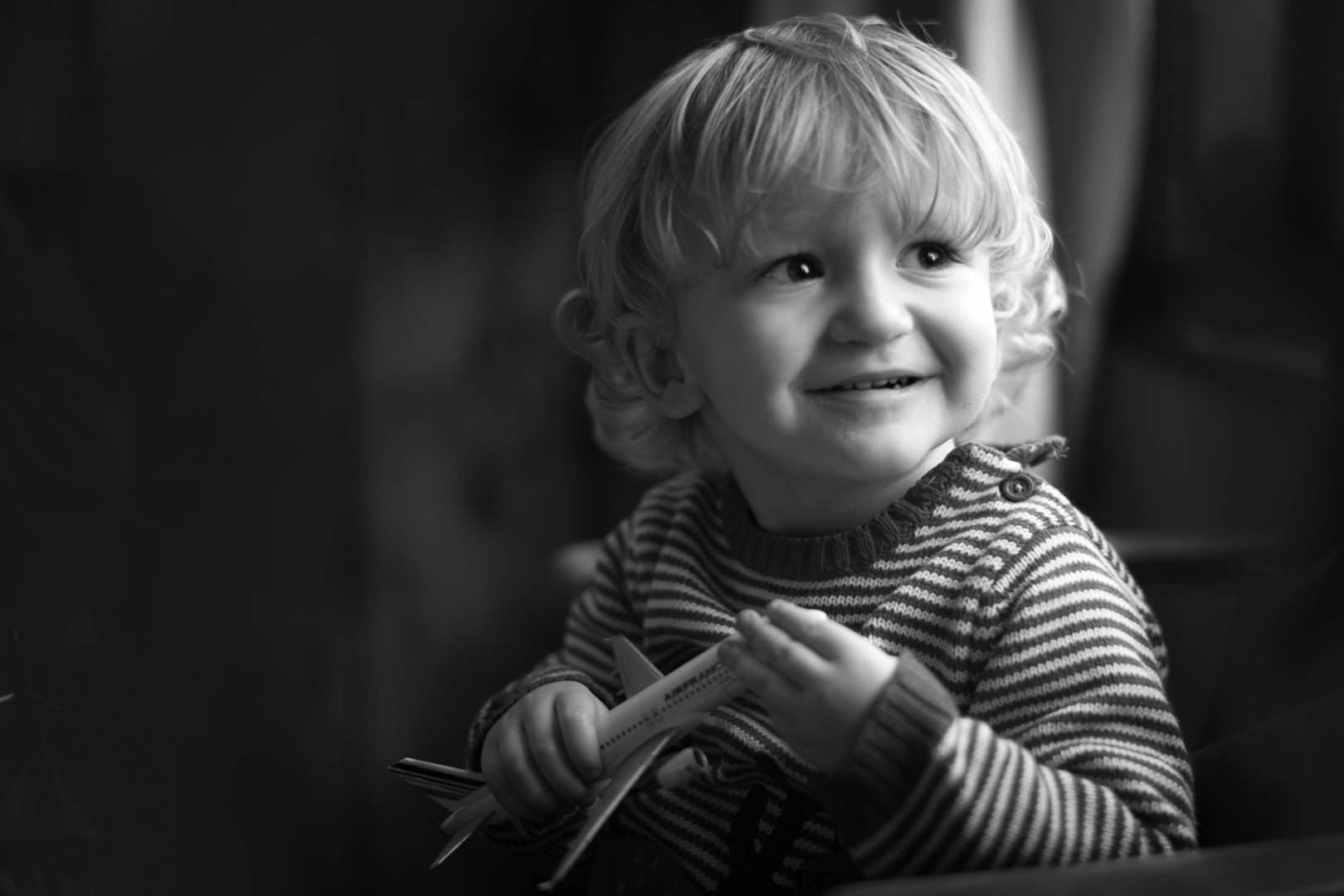
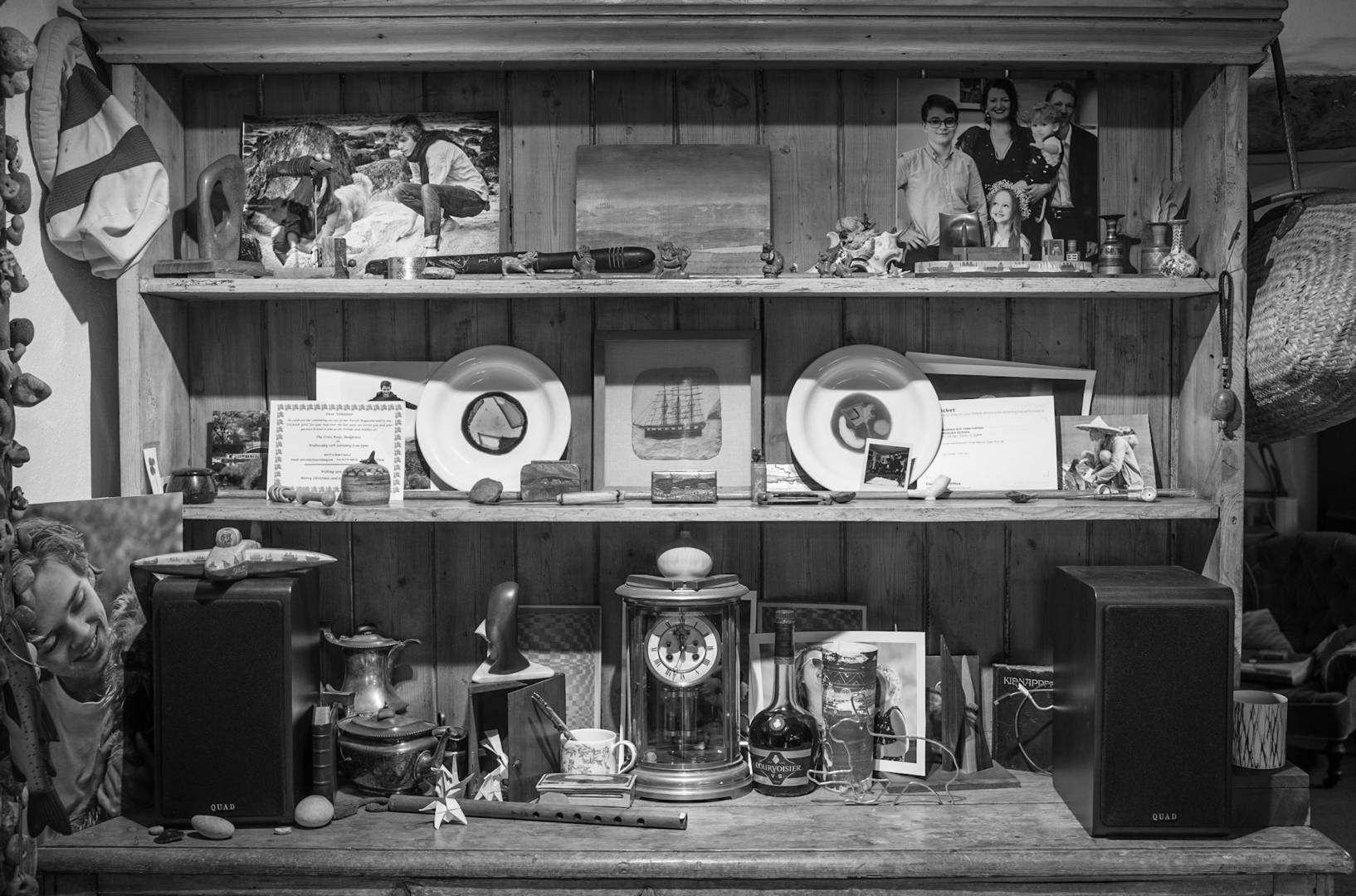
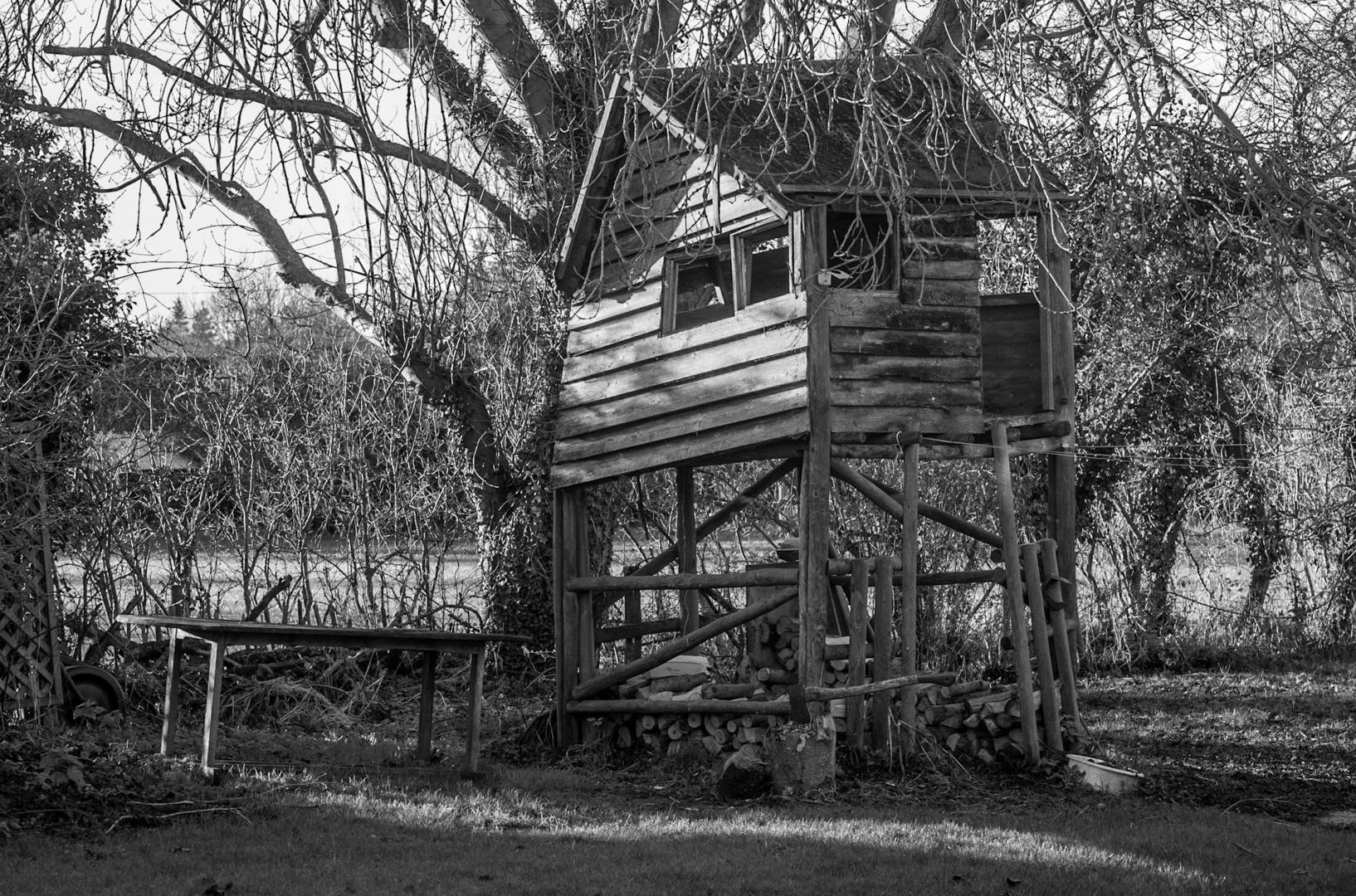

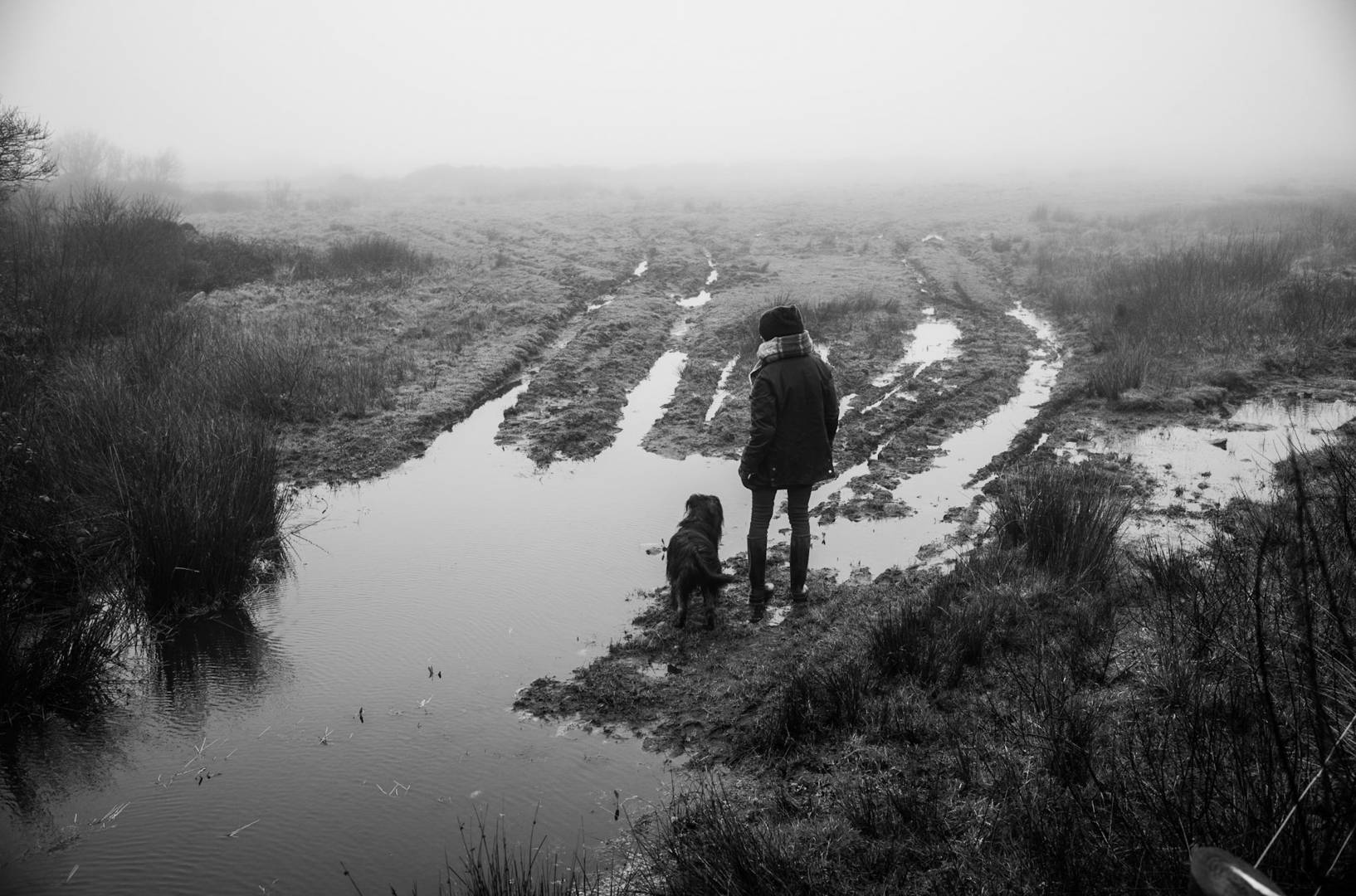

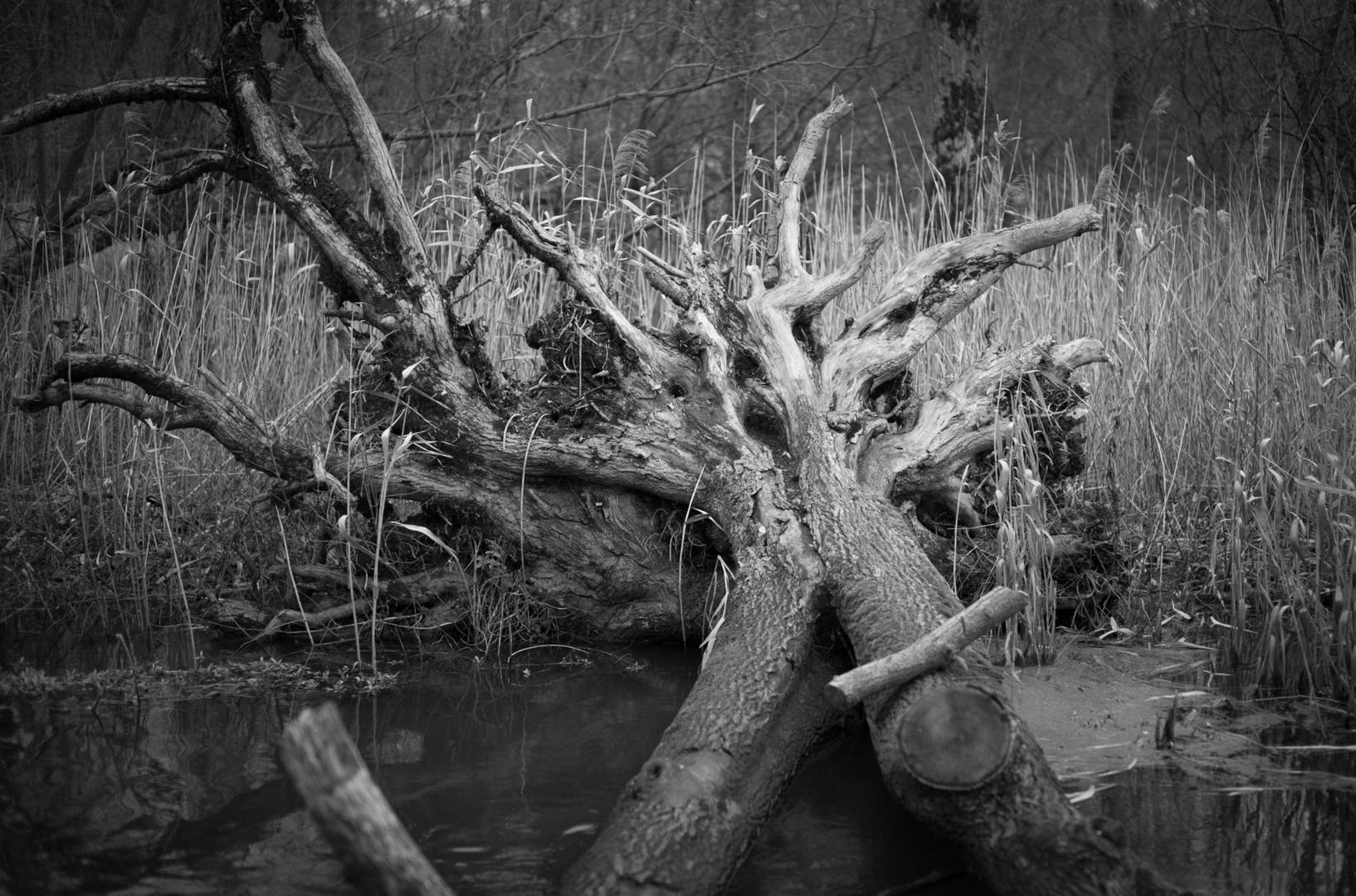
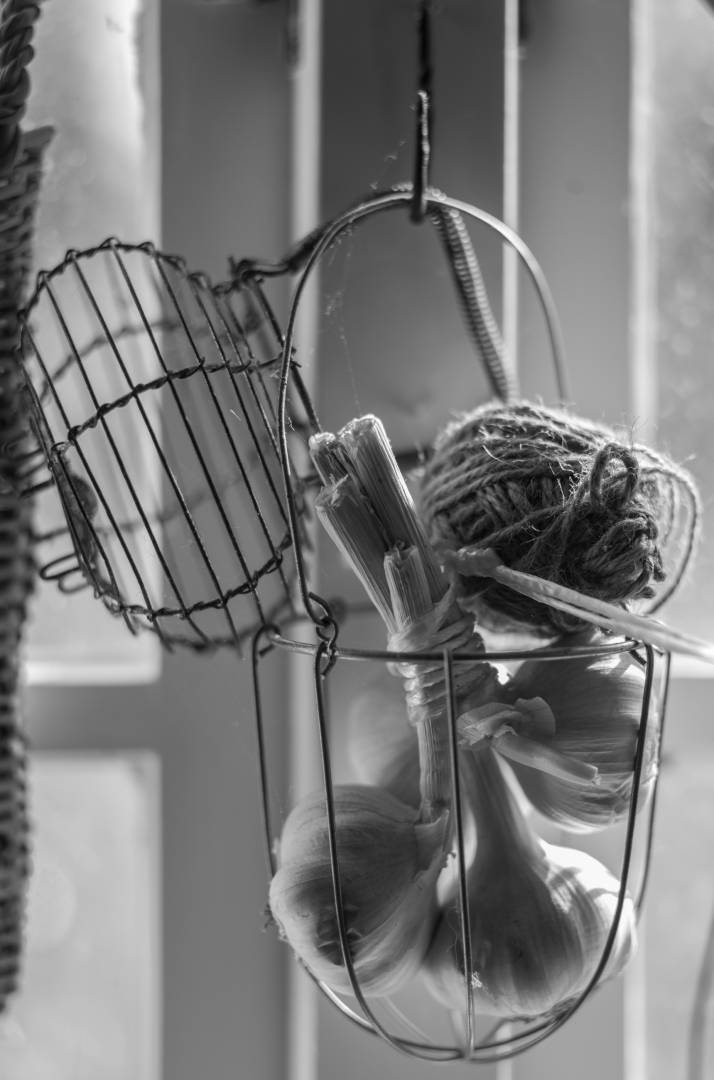
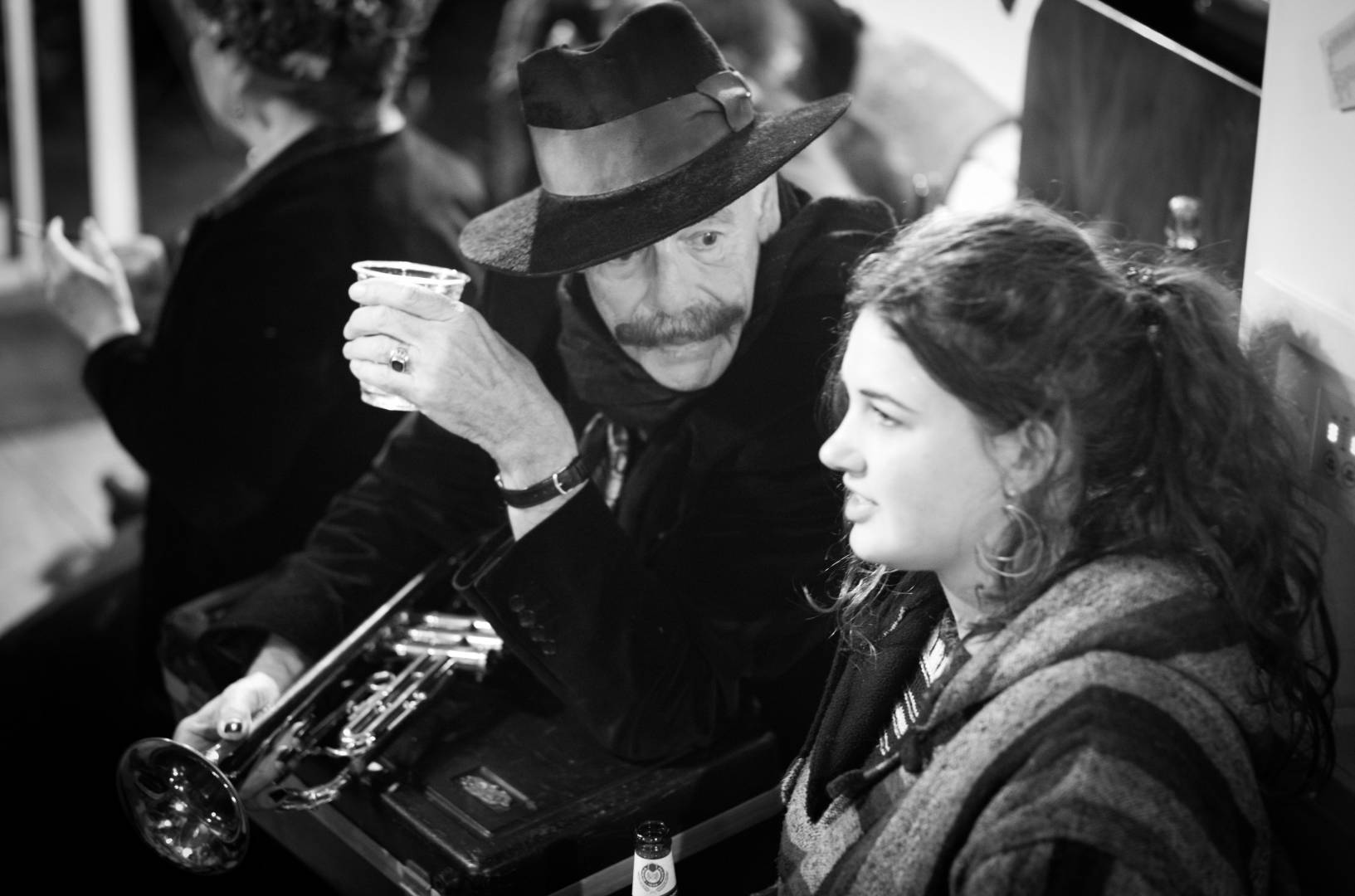
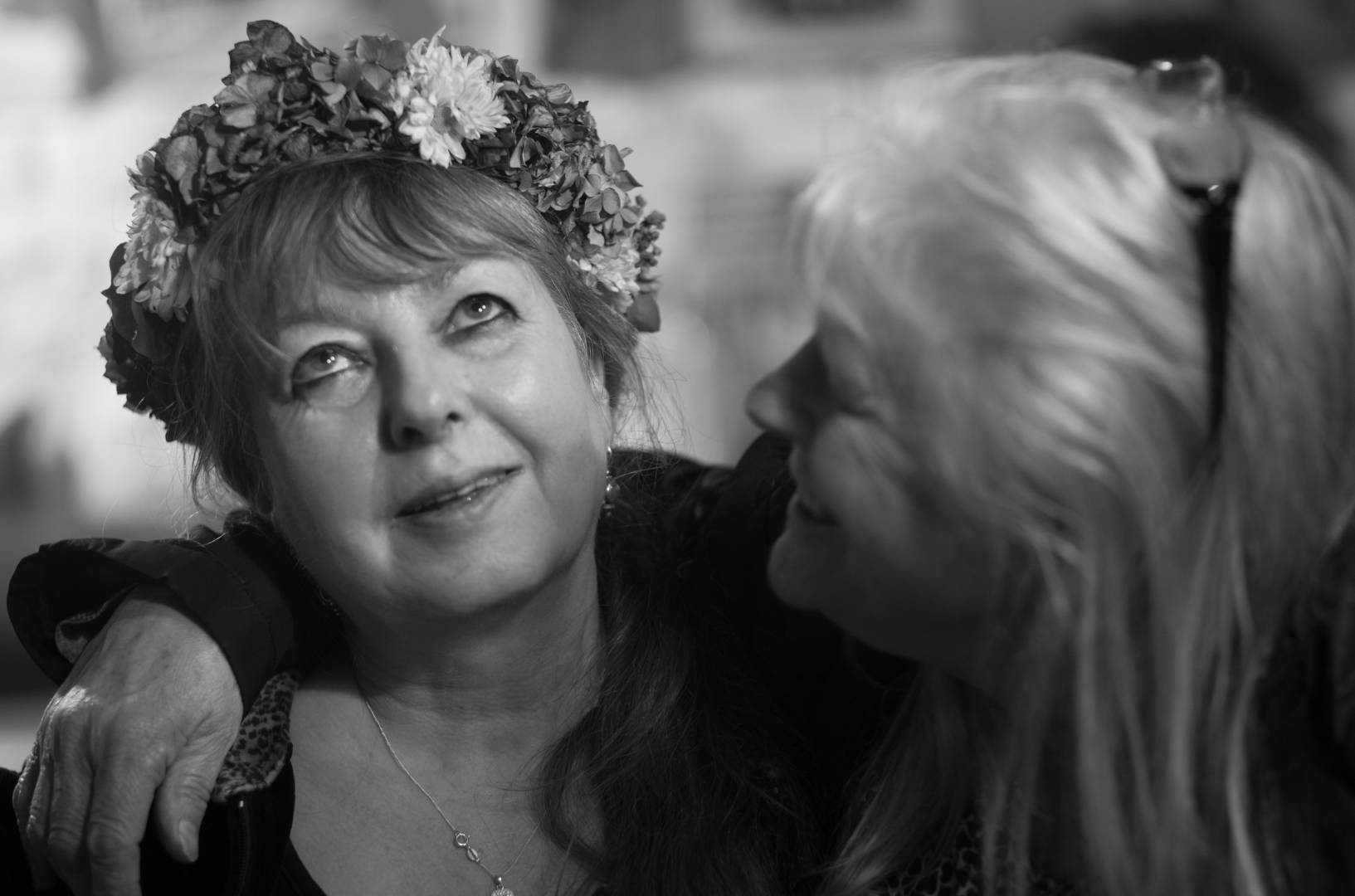

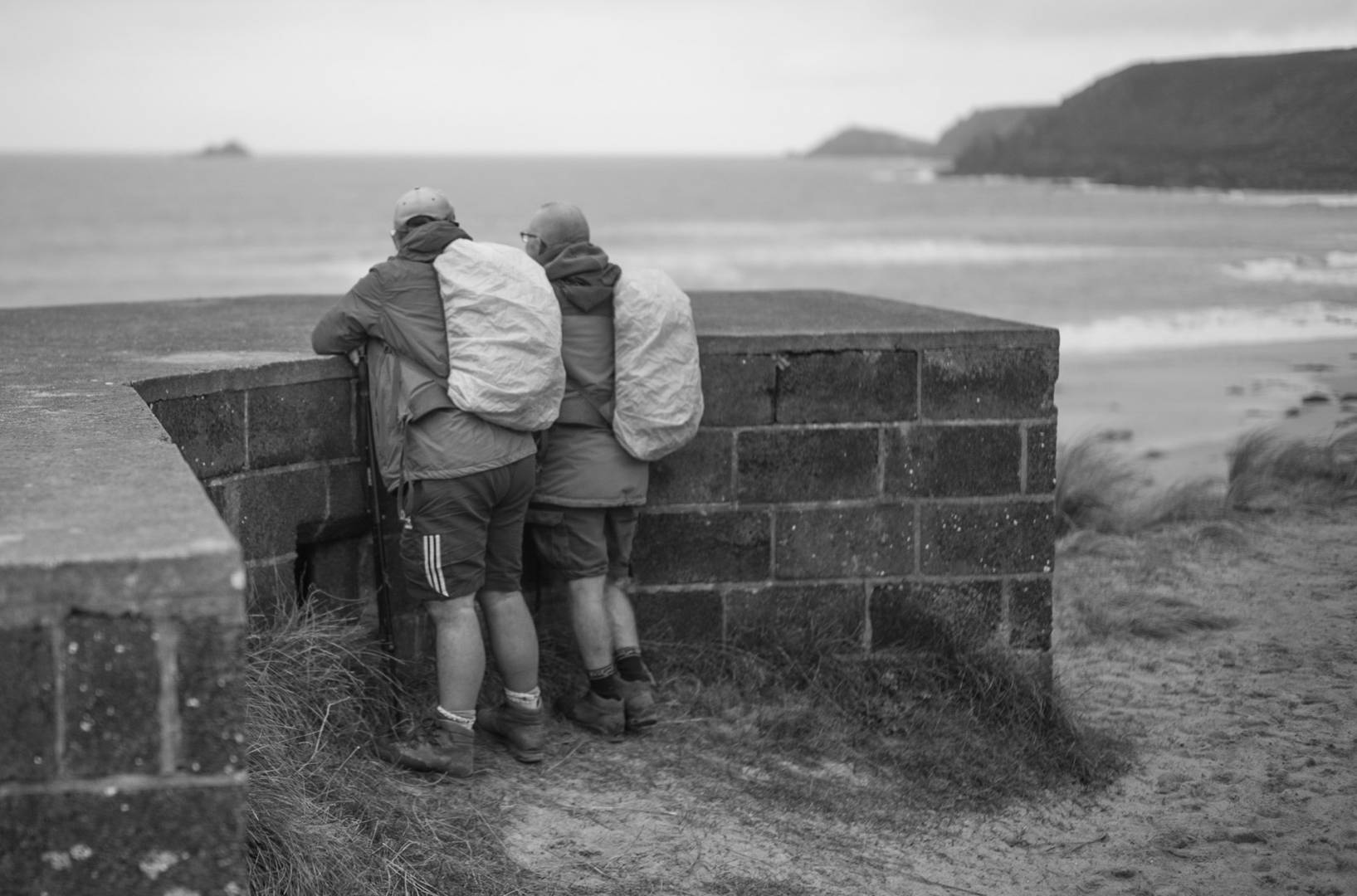


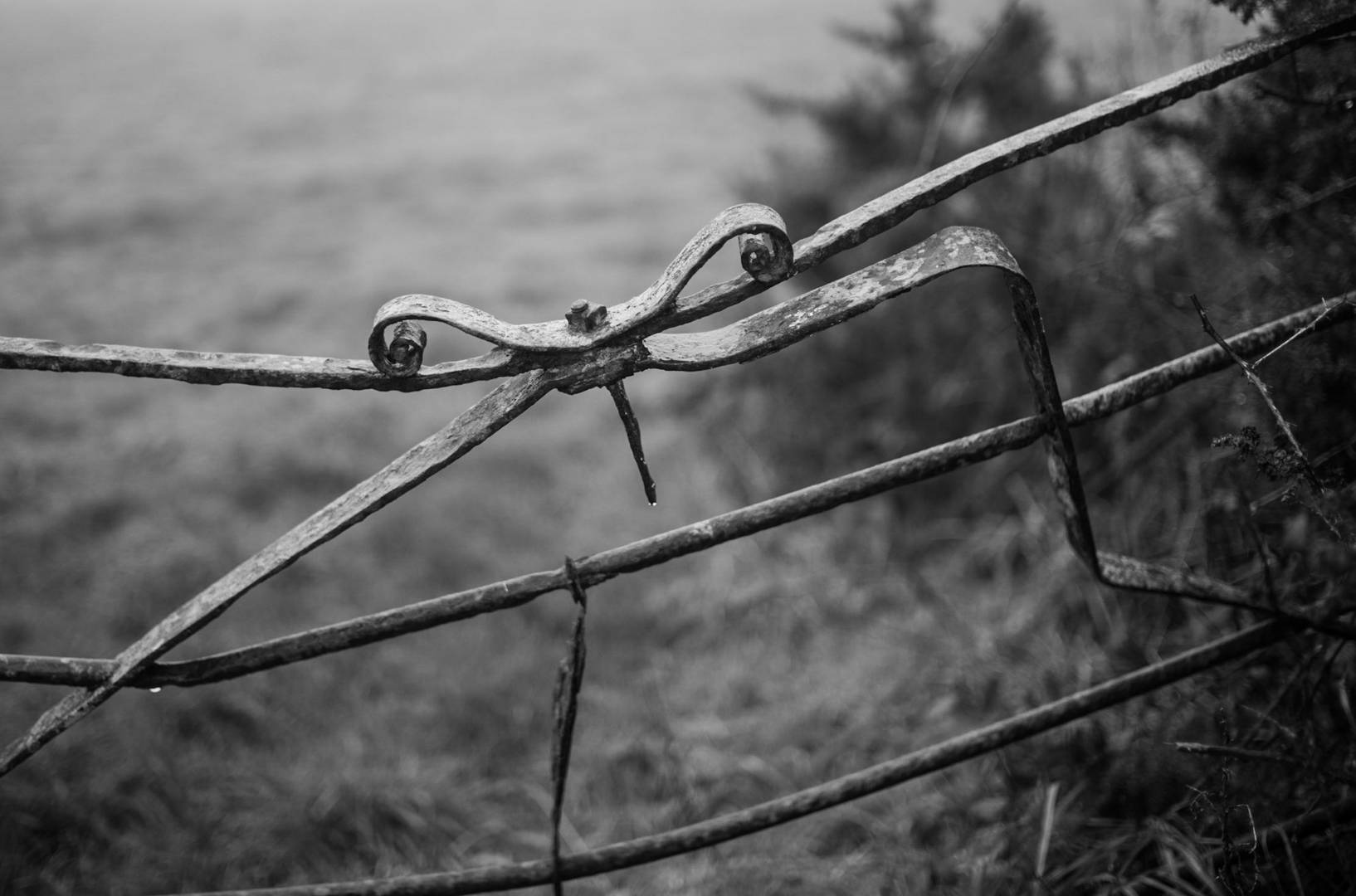

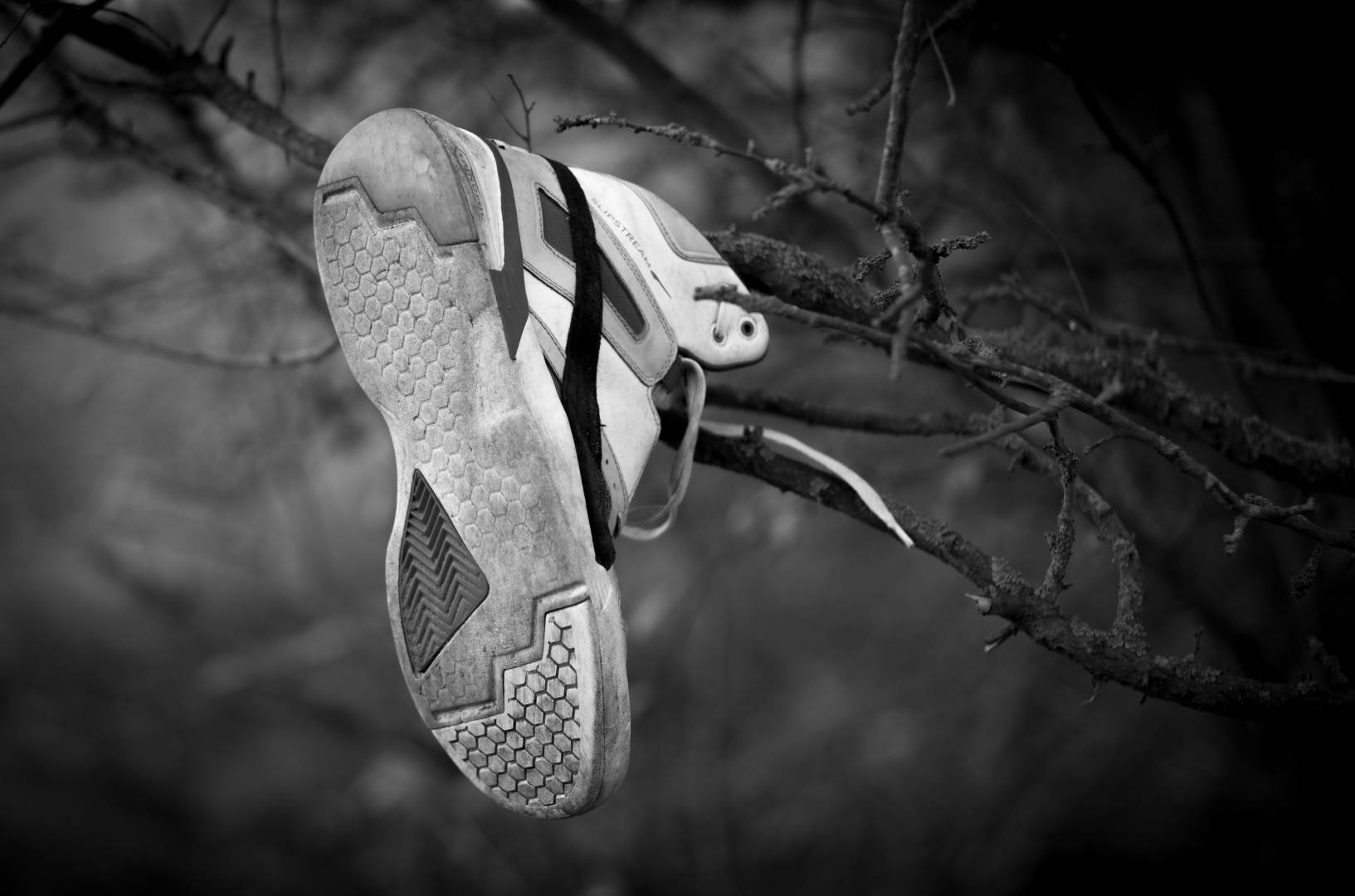
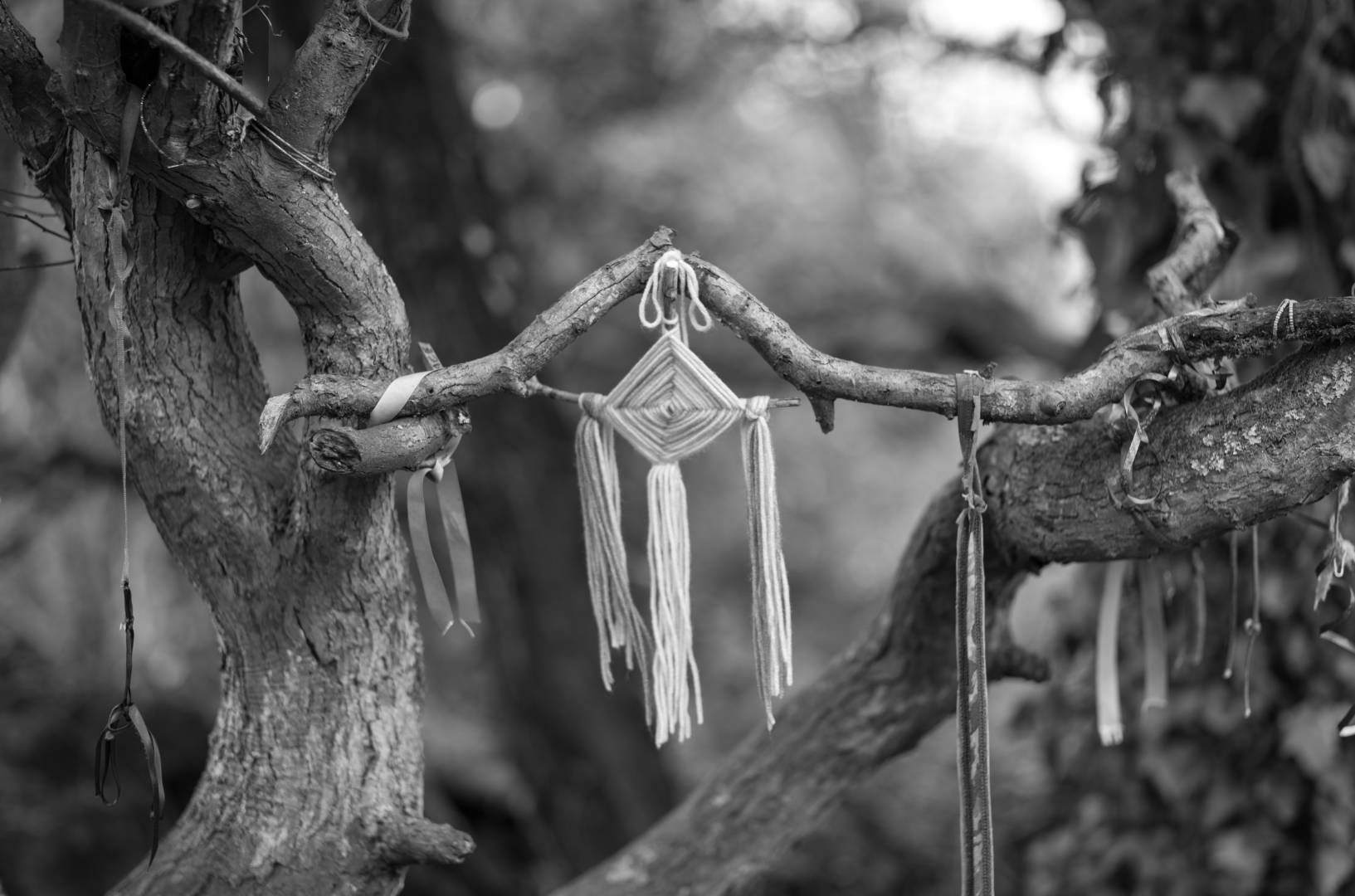
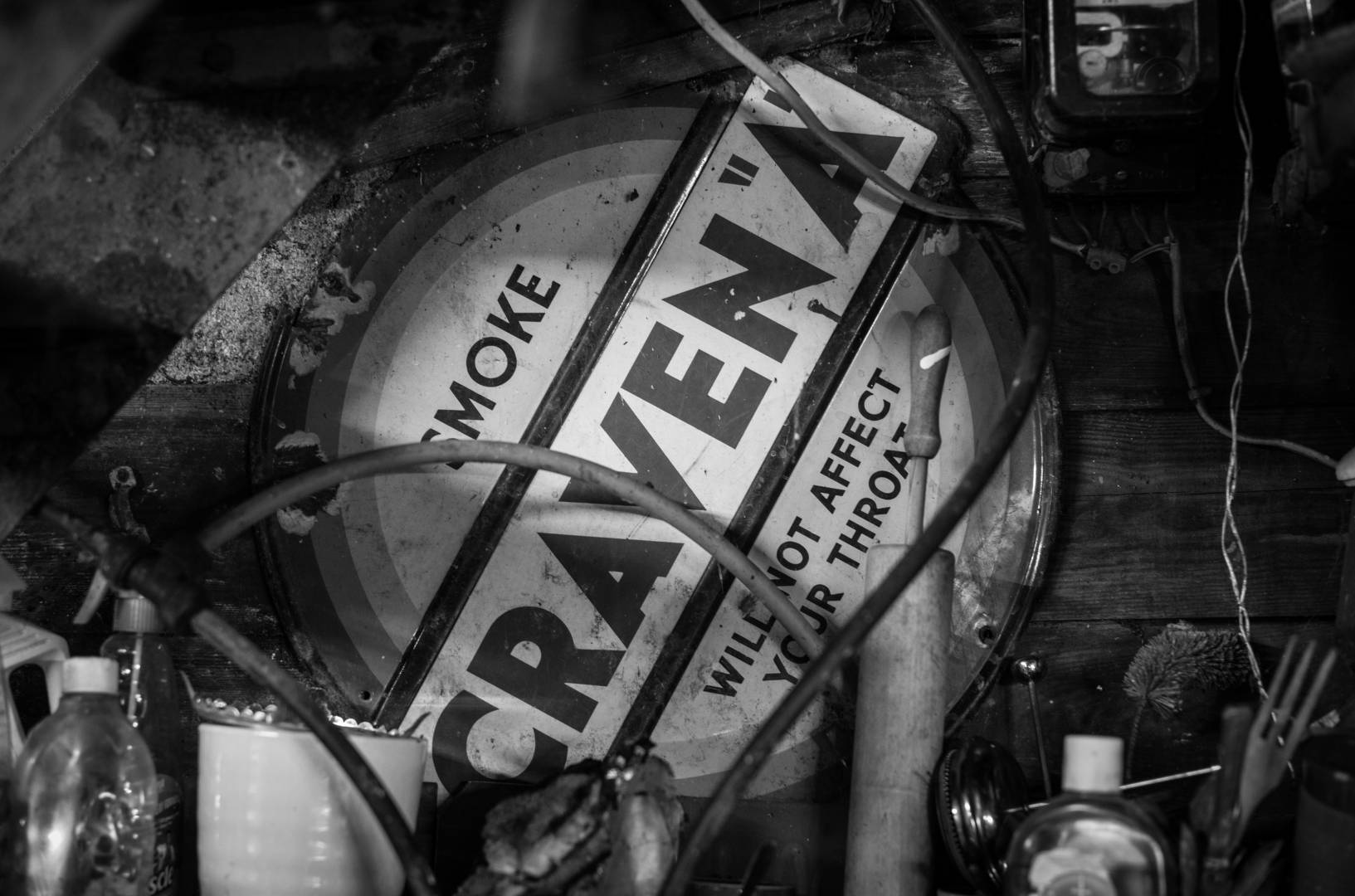
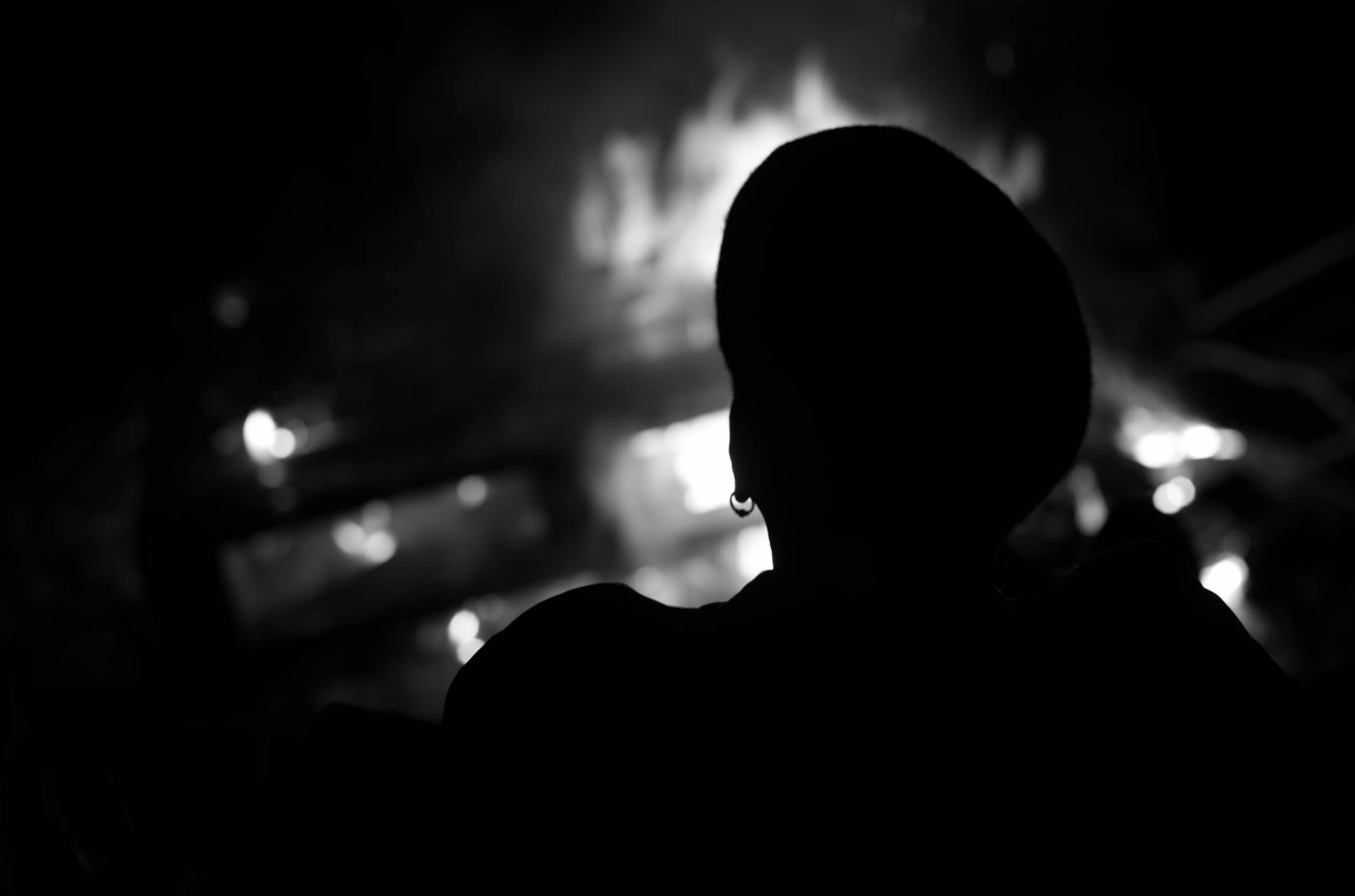






Dear Jono,
Thanks for another interesting review and lovely photos. A particular thank you for introducing me to Paula all those years ago. She caught me reading your latest review and frankly became rather huffy, complaining that no, just because I bought one I wouldn’t take photos like you do. We’d had the same conversation about your M10, the SL and SL2 reviews. X1, my amiable friend, just potters along when I take Paula our for her exercise has said he’s happy just to have the three of us together and doubts a new M would make much difference.
And yet. Perhaps one day.
Does Paula have a very slow extension and did she get a bad reception at birth?
That’s her. She finds it hard to focus at night but is nicely flashy. But generally she comes up with the goods.
(..thought you were talking about me, for a minute..)
I couldn’t comment!
Great review, and good to know this is done by someone who have had a monochrom before.
Been waiting for a M10 based monochrom for a while.
Have the ccd model , almost 5 years now, steep learning curve, but rewarding. Got the camera I wanted after i found the 1.4 magnifier and a few external finders.
You can say a lot about the first Monochrom, but the M6 viewfinder is better, or any other non 0.68 finder.
But what about the old or slightly older glass?, myself I have 35 and 50 summilux Pre ashp, and those makes the whole difference.
For me those gives my photos the look i prefer, it looks like proper leica but not too sharp or boring. Even my favorite M6 lens, the 50mm Elmar-M (the 1994 one) works.
Short story short : I would like to have a camera that’s better to use and more quiet, where i can leave the 1,4 magnifier at home, and the rear screen is more than a accessory. More pixels not certain if i really need, but a camera more like any other M? Yes! But digital since for me that’s more convenient, and my mac doesn’t read the Adox Scala without all that work (read : Scanning and dust)
But it would take some time to save enough, it not cheap in Norway either.
Regards Vidar H
Hi There Vidar
thanks for the kind words.
Sadly I don’t have any old lenses to put on the new Monochrom (perhaps I should). But I’m pretty sure that I know what I would find, which is that pixel peeping at 100% they would not look as good as pixel peeping at 100% with the old Mono, but that zooming out they would look just the same, printed big they would look better on the new camera (just because of the extra resolution).
Affording one is a different problem (and one I can certainly subscribe to, especially having just bought an SL2). But when you can afford it I’m sure that you, and your lovely older lenses will both be very happy!
Best
I think it all comes down to 16000 GBP (190 000 nok) for a new M10 monochrome with new 50/45 asph Luxes, or “only” 7670 GBP ( about 89000 NOK) for the M10 mono if the old glass still is proper enough.
Or paraphrased “how broke do you prefer to be?”
My realism tells me two years of savings and then start looking for a 2nd hand camera.
Regards Vidar H
Typo : Should be 50 and 35 asph lux.
Hi Jono, I got thinking after I relooked at your wonderful images that I should make a further point. i had mentioned in my first post that I personally would have made some of the landscapes to have more black in the image. However, that is as viewed on my display. If I look at your monitor I might be perfectly happy with your artistic interpretation. Even calibrated, your monitor will not perfectly match my monitor. Monochrome images are particularly sensitive to be viewed on a proper display or skillfully printed. Hence, anyone trying to fully appreciate a B&W image must examine them on a proper (expensive) calibrated monitor. Cell phones, tablets, and laptops will not do justice to monochrome.
I have 3 Ansel Adams original prints on my wall – I had to beg my wife for them back in a day when we could ill afford them. I purchased them as a reference to learn how to process black and white prints. This was a recommended thing to do back in the days of fine art film photography. I remember a student of Ansel describing the experience of being told to keep printing a single image until the water looks wet. He was angry at first and after days of reprints he had a big breakthrough in taking his printing to the next level. Black and White images are a lot more challenging to do successfully and then need to be viewed on good displays to be truly appreciated. Successful colour images are not as challenging to print or display. I am basing my opinion on both personal experience since the 70’s and reading books by competent fine art professionals.
So Jono, I love your art! I probably would interpret your images differently but that is what artists do. If you ask 5 photographers to photograph a subject you will generally get 5 totally different interpretations and some or all you will not like or love. But this is art and not an exact science. There are a lot of commonly recognized genius painters that I do not understand or enjoy but I look at what I do enjoy.
Jono, your photographs inspires me to go out and paint with light. To me, that is what is important and why I cherish your articles. Keep up the inspiring contributions to photography!
Thank you Brian – thank you very much!
As for the blacks – I probably would also have put more black in the image, but I was trying to show the dynamic range available, which, of course, is the first thing we all get rid of in post processing (but also the thing we all want more of!).
My primary motivation with the articles (and with my photography) is to entertain – if I can inspire as well, then so much the better!
Thanks again
best
Jono
Hi Jono, hopefully you are doing a review on the Leica M10-R 47MP camera that is expected to be announced soon. The rangefinder certainly is alive and well after decades of “experts” predicting its early demise. I have gone twice full circle from rangefinder through various promising computers that take pictures but have again returned to the rangefinder. I augment the M with other cameras but my favourite focal lengths are in the 28 to 50 mm range which best suits the rangefinder. I find a joy in using the camera and its relatively compact glass whether from Leica, Voigtlander, Zeiss, or now even 7Artisans. It makes me want to go out and take pictures and that is the most important aspect of equipment to me.
So keep the reviews up as I live in a relatively remote area and have to count on competent reviewers such as yourself to gain insight into whether something is appropriate for me. So I find reviews very important to me.
My view is that if an article is not of interest to someone, they do not have to read it all the way through and then pee all over the author. For example, I find most bird photos are pure record shots that lack capturing the character of the bird. In artist circles these are referred to as the “bird on a twig”. My view is that if the photographer is delighted in his bird on a twig images I am happy for him but I will not make a critique even if asked as they are usually not wanting any feedback that is not all positive.
There is an excess of negativity around and creatives need encouragement to thrive.
An excellent read just like your other articles and great pictures. Thanks
Thank you Jean. I aim to entertain!
I don’t usually read gear stories ,even on Macfilos, but prompted by another antipodean Macfilos follower I made an exception today and I was astonished by what I read. Such enthusiasm for a camera which only takes black and white photos and which costs as much as a new small car. Oh, yes and it only has manual focus and that price does not include a lens.
The last time I read a review and comments this enthusiastic was when year 7-boys- went on a school excursion to Paris and their teacher took them to a performance the Folies Bergeres. Even the photos are praised as if they are from a newly discovered HCB cassette instead of the reality that they are competent black and white photos of a standard and quality matched by the hundreds of thousands of photos on Flickr.
I am certainly not advocating that a weltschmerz tone should colour the review and comments but I reckon David B needs more support for taking a contrary position.
Hi There John
I think that perhaps there is a little joshing in the hyperbole – although the camera itself really is rather special (and certainly should be at that price).
all the best
I agree that it’s rather special, Jono, and I, for one, thought your pictures did the camera proud. As for price, that £7,250 (which includes 20% tax here in the UK, just to be fair) compares with the £6,000 price tag of the original M9-based Monochrom in 2012. That’s not an outrageous increase given the inflation in the past eight years.
But when you look at other rangefinder models, it’s clear that the prices are all creeping up. The M10-P is only £550 cheaper than the new Monochrom, for instance, and the Monochrom has a new, more expensive sensor. I would predict that the M11, when it comes, will be approaching £8,000. All this speaks for the degree of expensive European labour that goes into the rangefinder.
This is shown by the relative bargain of the SL2 which, in many ways, could be seen as a much more competent and capable camera than the M10-P. It doesn’t require so much human intervention so it is cheaper to produce. The rangefinder will continue to be expensive (just as it was in 1954) but I suspect there will always be a market for something different, something that is such good fun to use.
As a matter of interest, I did an inflation calculation based on £6,000 and it comes out as £7,177 today, so Leica’s pricing of the Monochrom is more or less in line with 2012. Another factor which people often overlook is that rangefinder digitals hold their value far better than any mirrorless camera (even Leica’s own). You will still pay upwards of £3,000, depending on condition, for that M9 Monochrom which started life at £6,000 in 2012. It all makes a difference to the perceived value of a product.
Hey John,
We have had this discussion about gear versus pictures on many, many occasions. And, to your credit, you are never knowingly without an opinion.
But you have to accept that many, many people (including discerning Macfilos readers), are interested in reading about new developments.
The demand for the Monochrom M10 is strong and clearly lots of people want it, even at that price. Perhaps they are misguided, perhaps they don’t know a good picture when they see one. Perhaps they would be better off with an X1 set to black and white. But it’s their choice and if it keeps them happy, all well and good. There’s a place for everyone at Macfilos.
John, it is a mystery to some of us who like black and white (but also colour) why you are so sure that your own opinion is all that counts. You seem devoid of the ability to empathise with others and unable to concede that there could possibly be other opinions differing from yours but equally valid as your own. I think the problem is yours not ours.
On the issues, I am with you that this very expensive camera is not for me. I can however concede that its incredible resolution and iso sensitivity , due to its lack of a colour array filter, enable the taking of some excellent pictures. This my well be attractive to some but for me I would prefer to forego these advantages in order to convert to black and white in post. It is also relevant I cant afford this camera either!
I don’t claim to be an expert at taking mono images myself but as a long term member of a camera club with monthly showings of first class images I stand up for my recognition-of fine images from a fine photographer, or put another way, Jonathan’s images. My comments contained NO element of joshing. It remains clear however that your judgement on his work was a product of fixed prejudice much devoid of fair comment.
I think we all deserve better from you, John, particularly more of your excellent images.
Thank you David
I appreciate your kind words.
John is absolutely entitled to have his opinion, and if I put my work out there then he is absolutely entitled to voice it!
All the best
Jonathan
Hi Jono, thanks for another of your invaluable articles! You are blessed to be able to test Leica equipment but you certainly have the technical and aesthetic mastery for the role.
I love B&W and it was my first love in photography – especially the joy of observing the image emerging in the developing tray. I also love colour images but if the colour distracts from the main subject I often find it can be a powerful image in shades of gray if properly processed. I find: on an individual image: some can be great in colour, some can be great in monochrome, some can be equally interesting in colour and B&W, some can be terrible in B&W, and many do now work in colour or B&W and should be simply deleted so that they do not discourage me from my joy in pursuing photography.
I made the mistake of saying in a previous post that this camera will be more film like. I realized after I pressed send on the post that it would be a controversial comment. The film like aspect I was referring to was I loved low ISO 6x7cm medium format film photography back in my film days for landscape and think the 41MP mono sensor will deliver on that front – I do not want digital or film granularity for certain subjects. However, I also loved my 35mm tri-x granularity and high contrast as well if it suits the subject.
In my view, it takes a lot more skill to process an image into monochrome and a well processed great image can be quite intoxicating and have a timeless quality to me. The challenge of using a monochrome sensor or B&W film is it is critical to use the correct colour filter that is suitable to the subject at image capture. This adjusts the tonal balance in the image which cannot be fixed afterward. The next challenge is black and white images neat more skill in setting black and white points and in using the tone curve instead of presets. Obviously, using a colour sensor, and then applying colour filters in software allow ultimate flexibility in interpreting the artistic output. However, a monochrom 41MP, that does not have the lower resolution demosaicing software interpreting the image into pixels, is going to be able to extract mountains more detail in general and especially in the shadow tones. However, this is only really useful if you print large! Otherwise, you will not observe any difference. Hence for most people this camera is not needed and and a M10-P would be a wiser purchase and provide flexibility in colour, B&W, or both in their images.
Another dimension though, is that for many people, is if one is limited to black and white they will start seeing black and white image opportunities. This is certainly for a methodical shooter that understands colour filters and is patient in their subjects. There are a lot of devoted B&W film photographers that still enjoy this process. As for me, I do not want to go back to film, scanning, etc when there is this option. And, I do print large when I feel an image is worthy and have sold images so there is a practical side to this rather than pixel peeping which I do not do.
Before I forget, I need to further comment on Jono’s images! The portraits of people and pup are magnificent and worthy of the mononchrom. Jono has captured insight into the person which is what portraiture at its best does. The tonality is beautiful. I absolutely love the one of the lady with the hand rolled smoke.
In general, I enjoyed the landscapes. The landscape of the road leading into the overhanging trees is particularly special to me. If I had processed some of the images, I would have put a bit more black into them but that is a personal choice. I am not saying that Jono is wrong! I am saying that would be something I would have done. Monochrome images offer a lot more subtlety in interpretation that would not be noticed in colour due to the dominance of colour in a colour image.
However, as a final comment on photography in general, I find a lot of colour mages I see could be improved with better contrast adjustment.
I have not mastered contrast yet but it is the area I am trying to improve on every day. Luckily we can reprocess our images as we grow.
I hope to buy this camera someday but it is a specialty camera and the price is not insignificant to it will have to wait for longer that I wish.
Again, Jono, thanks for another of you fabulous articles and even better images!
I also forgot to mention that I still use a tripod some of the time. It is heavy and big. Some will wonder why. But that is me.
Hi There Brian
Thank you for your considered response, and I’m flattered that you like some of my photographs and the article. You deserve a bit of soul searching!
I think I’d classify myself as a naive photographer – I don’t use filters, tripods or flash, because they complicate the process of taking the picture and relating to the subject. I can deal with the colour response of the M10M just fine (although, maybe I’d be more comfortable converting from colour).
But – as for the processing of these pictures, I was definitely using a ‘light touch’ because I wanted to retain the obviously huge dynamic range that the M10M gives you.
Truth is that I’m a bit of a photographic flibbertigibbet .. but I really do care about the results!
All the best
Jono
I confess, I do lust after the Monochrom. A year or so ago I met a gent at a popular tourist seaside ‘light house’ park. I had my new (traded in my M10) M10-P, he a 246 monochrom. Both had 35/1.4 lenses mounted (great minds, and all that). We tried a showdown with similar subjects, exposures and apertures- certainly not rigorous by any means, but close enough. He had LR on a laptop, and we compared images (M10-P files converted to B&W- I don’t know how he did it, I’m a CO type). The monochrom just had a certain look that sucked me in, even on a laptop in a parking lot. I put the images on a flashdrive intending to look at them at home with CO12. I wanted to know if it was LR and / or whether I could tweak the M10-p color channels to get them close. Alas, the flash drive is somewhere on the adjacent beach, so the test was never consummated. But the memory lingers. Like I said, I have lust; I’m working on the dollars…
There is a look Bob . . but there is also a certain look from an M10 converted image (especially with skies) which is hard to reproduce on a Mono camera.
Pick your poison!
all the best
Jono
Ah….well that is good to know about the M10 conversion.
I’m still wondering “Why”, Jono; why would you throw away the colour that’s in everything you’ve shot here? ..In what way does a face, or a beach, or fruit, look “better” in black-and-white, apart from as a kind of nostalgic reference to photographs – and photographers – of years gone by?
I mean, would you intentionally shoot photos, in which, say, you threw away every third pixel? Or take photos which are intentionally only blue and white, or intentionally black and green? ..And if so, why?
I so much prefer those first three photos at the top, taken in colour with an SL2, which have that subtle hint of colour to relieve the black/grey/white of all the others.
Maybe it’s just me, but I don’t understand the reason for throwing away the colours we normally see. Would you play a CD – or a piano – with only the deep bass and the top notes, but none of the intermediate notes? ..Germany’s the home of Neumann microphones as well as Leica cameras. Would you expect Neumann to make a mic which records only deep bass and top treble – but nothing in between ..and why would someone want such a mic?
I “just don’t get it”.
Could you tell us why you chose to take these pictures in only b-&-w instead of colour ..what does the b-&-w give the photos which colour can’t?
– Many thanks, David.
Hi there David
Have you been speaking to Emma (my wife). I took the first Monochrom on our first trip to China, and she really wasn’t terribly impressed!
To be honest, I’m mostly a colour guy, and I’m glad you liked the camera shots (which I was pleased with). But I also like to shoot monochrome, and it’s quite . . . erm . . therapeutic? to be forced into that cul de sac.
Today I went for a long walk with my SL2 and the 50 APO and had a lovely time!
But I don’t really subscribe to your analogies, and I really do think that if the colour isn’t contributing to a picture, then it’s better without it. Added to which black and white can sometimes add real drama to an image.
Best
Jono
Thank you, Jono.
Yes, the SL2 and the 50 APO ..I can well imagine you had a great time with those two (..as did Emma and I while you were out walking ..ooops! ..sorry; forget that!)
Best wishes,
David.
🙂 Haha David – very good! Emma laughed almost convincingly!
all the best
Jono
I am full of admiration, once again, for your images, Jonathan. You brush aside the limitations of weather and location to shower us with riches. The portraits are exquisite, the landscapes dreamy and the still life beautiful. Some excellent images of dogs too. As a Fuji man, I am afraid I didn’t pay as much attention to your review as I should have done but never mind I was utterly captivated by your images.You have fired me up to take some appropriate mono images to go with the article I am writing on The Case for Mono. If I can achieve ones quarter as good as yours I shall be in seventh heaven. Thank you!
Oh! David – thank you, I’m very flattered. Truth is that it was a bit of a mission to get good photos, and I’m very glad you liked them.
Thank You
David, a brilliant writing career awaits you at Mills and Boon.
Thank you, Violet. My heart pounds, a delicious faintness comes upon me, I swoon!
I suggest you wait until you meet her.
My heart is pounding too David!
but perhaps Kevin has a point!
Even if this article is a peep into never-never-land for me, it is still good that Leica go on producing cameras that can produce your kind of write-ups and pictures ! Many thanks – beautiful.
I seem to remember a thread somewhere on the net which discussed the pros and cons of monochrome sensors versus processing from color sensors to monochrome. Someone suggested that by limiting oneself to luminance information, one missed out on what the colour information contributes to the black and white image. I didn’t feel competent to judge.
And to end on a frivolous note: I will continue to enjoy my XV OOC mono jpegs! (Sorry!)
Coincidentally I am writing an article on the case for black and white and extract the following para from it:
“As explained by James Ritson, the voice of Affinity Photo from Serif,
“Most cameras use a colour filter array in front of the sensor – this is often a Bayer filter. Light passes through this filter onto the sensor’s photo sites but the sensor doesn’t capture ‘colour’, rather it captures brightness values.The sensor data is in a grey scale, mosaic format. Its then up to the software to interpolate these mosaic patterns using the appropriate Bayer matrix and produce a full colour output.Since each pixel only contains brightness information for one colour, the other two colours must be interpolated using information from neighbouring pixels. This is called demosaicing.”
My observation on this is that at the sensor therefore, there is a strong case for the primacy of mono, grey scale brightness values being the foundation of all images. To put it another way, mono not colour images are the “original images”. You could convincingly argue therefore that colour images are therefore in a sense the manipulated product of clever software algorithms.
Other Macfilos readers may wish to add their sixpennyworth or full shilling if they disagree?
I must now turn my comments to Jonathan’s wonderful images in a separate post.
“..Its then up to the software to interpolate these mosaic patterns using the appropriate Bayer matrix and produce a full colour output..” ..that holds good for most digital cameras, but not for the Sigma cameras which use ‘Foveon’ (stacked) sensors. See Wikipedia and ‘Foveon’.
There is no ‘demosaicing’ or interpolation used or needed with a Foveon sensor. What you see, more or less, as the output of the camera, is ALL the red, ALL the blue and ALL the green light which reached every pixel (or ‘photo site’) on the sensor ..reached them as those amounts of that colour of light. Then the red, green and blue at each pixel are merged, or added, to create the colour image. Just like Kodachrome, really.
Thanks, David, `James Ritson was careful to say “most cameras use a colour filter array.”